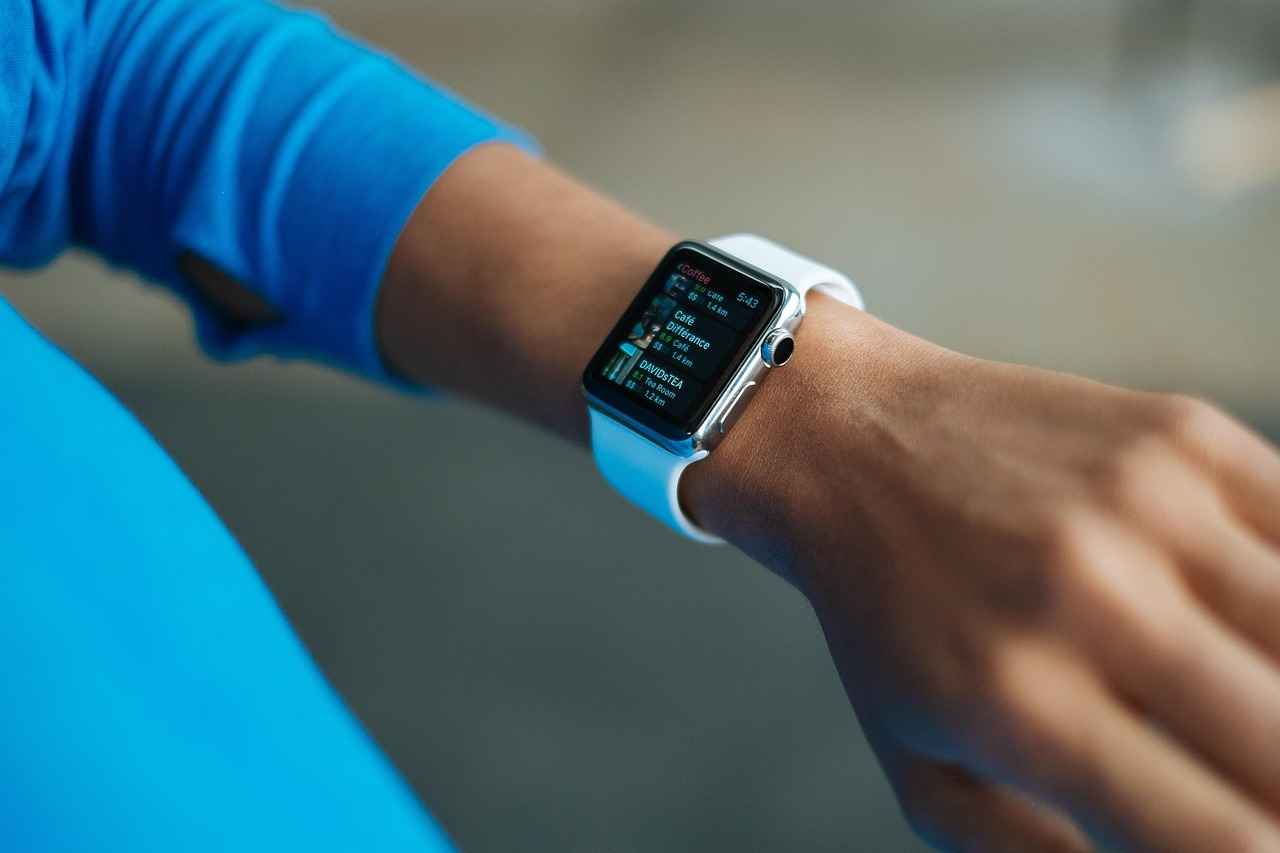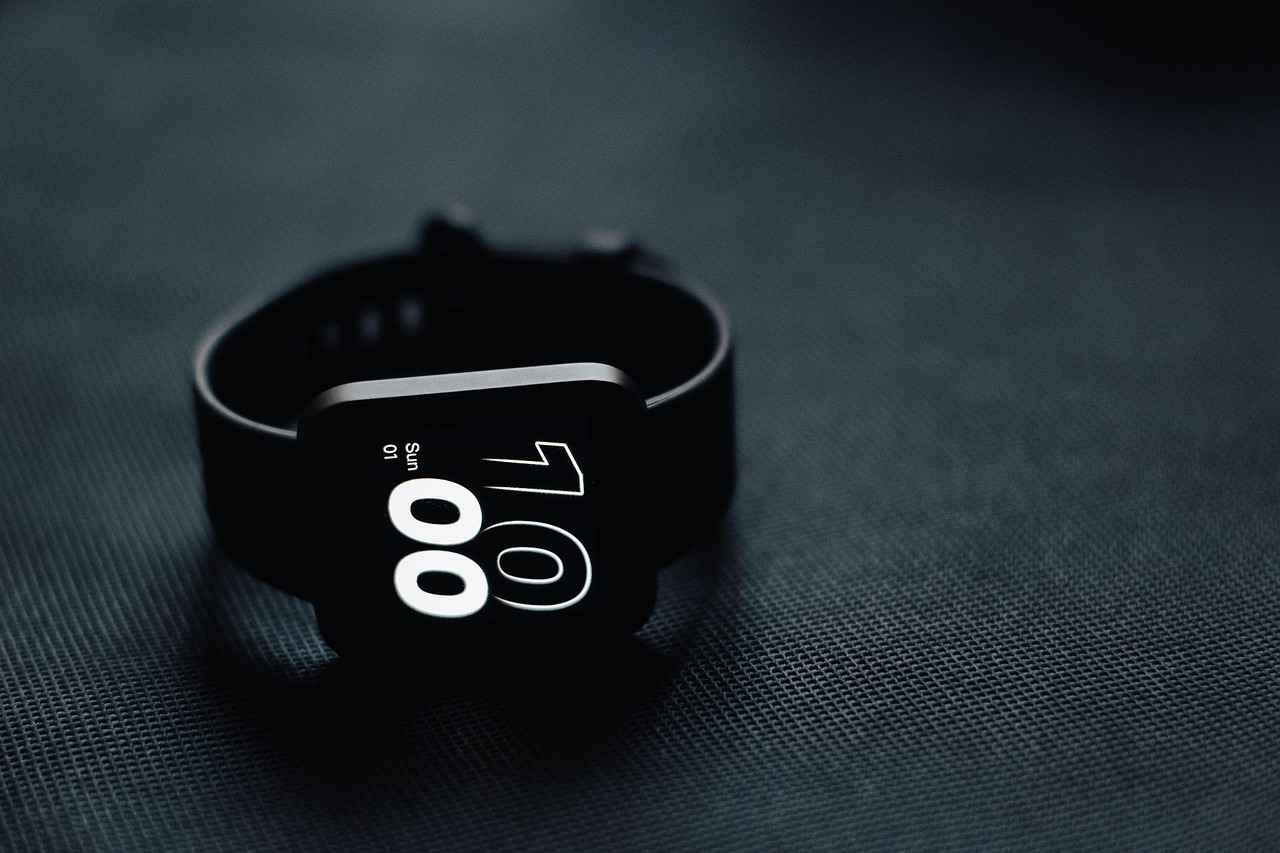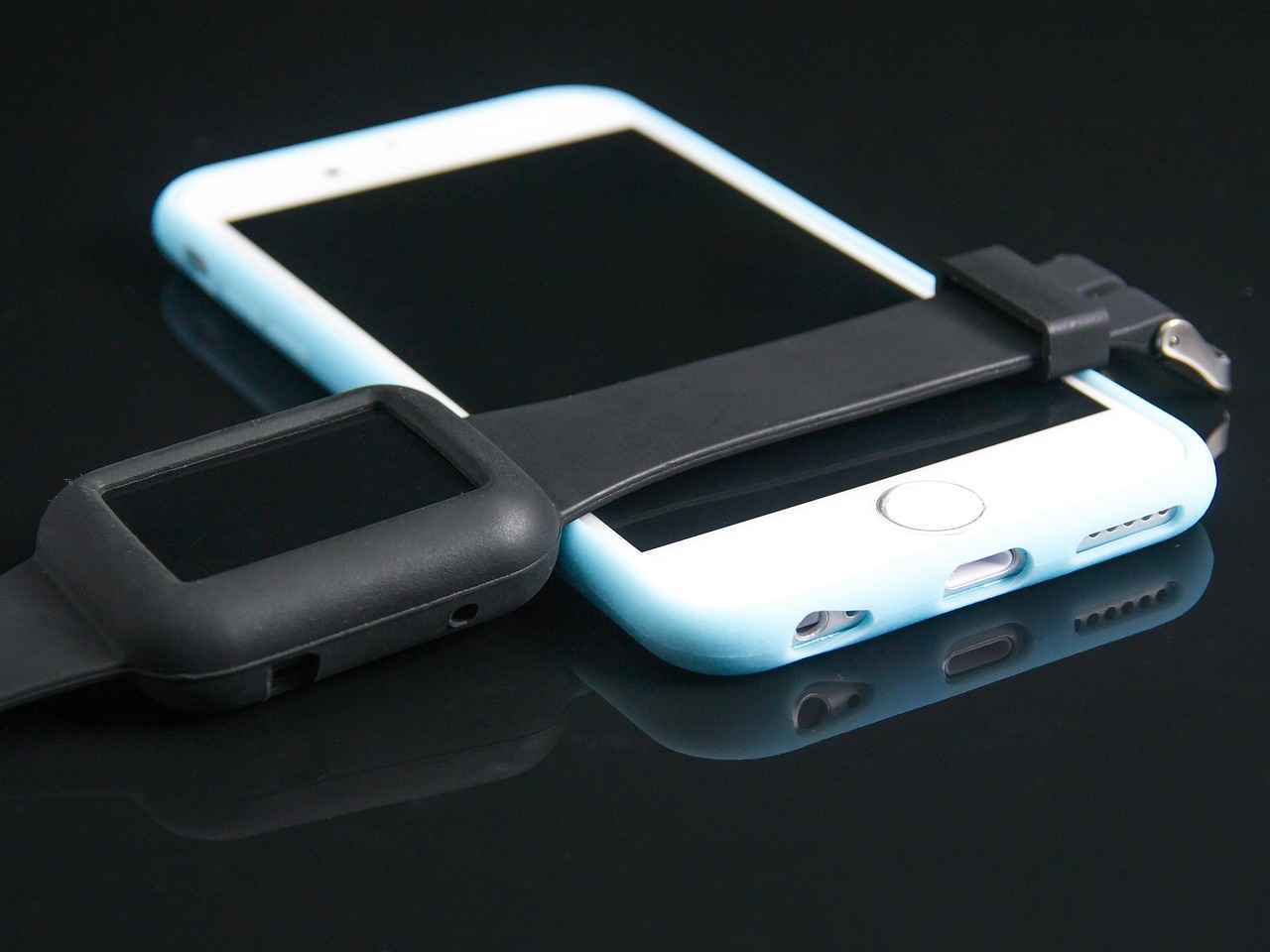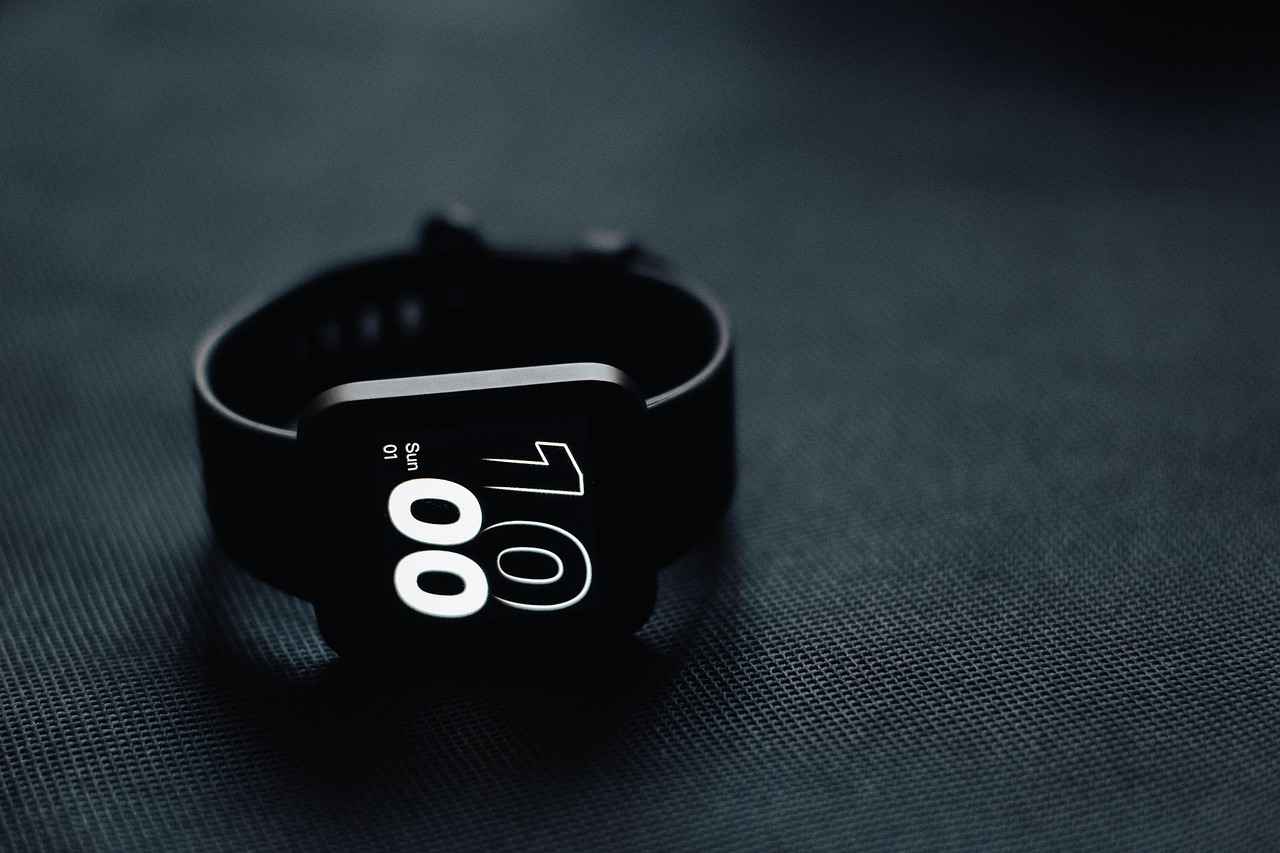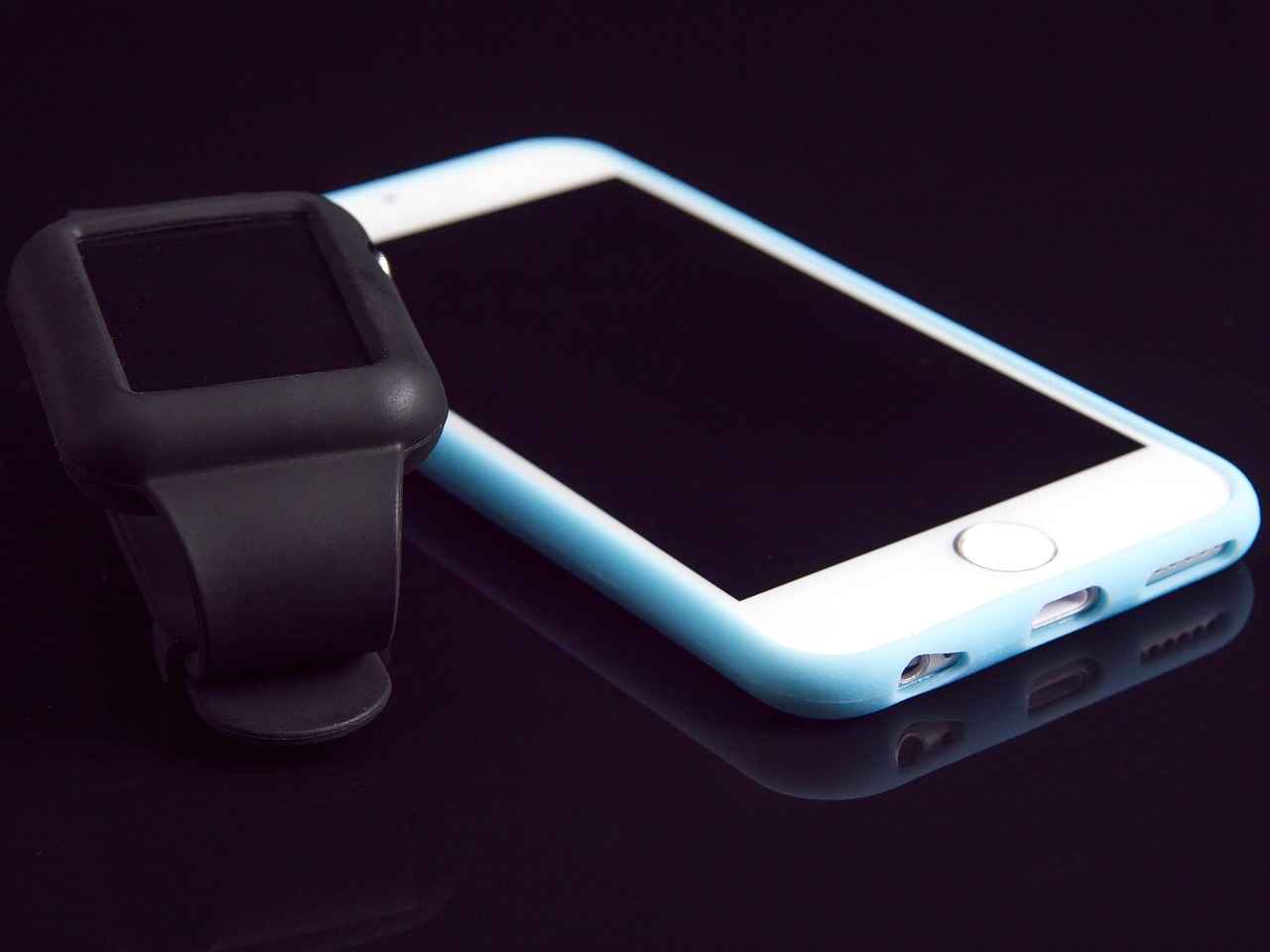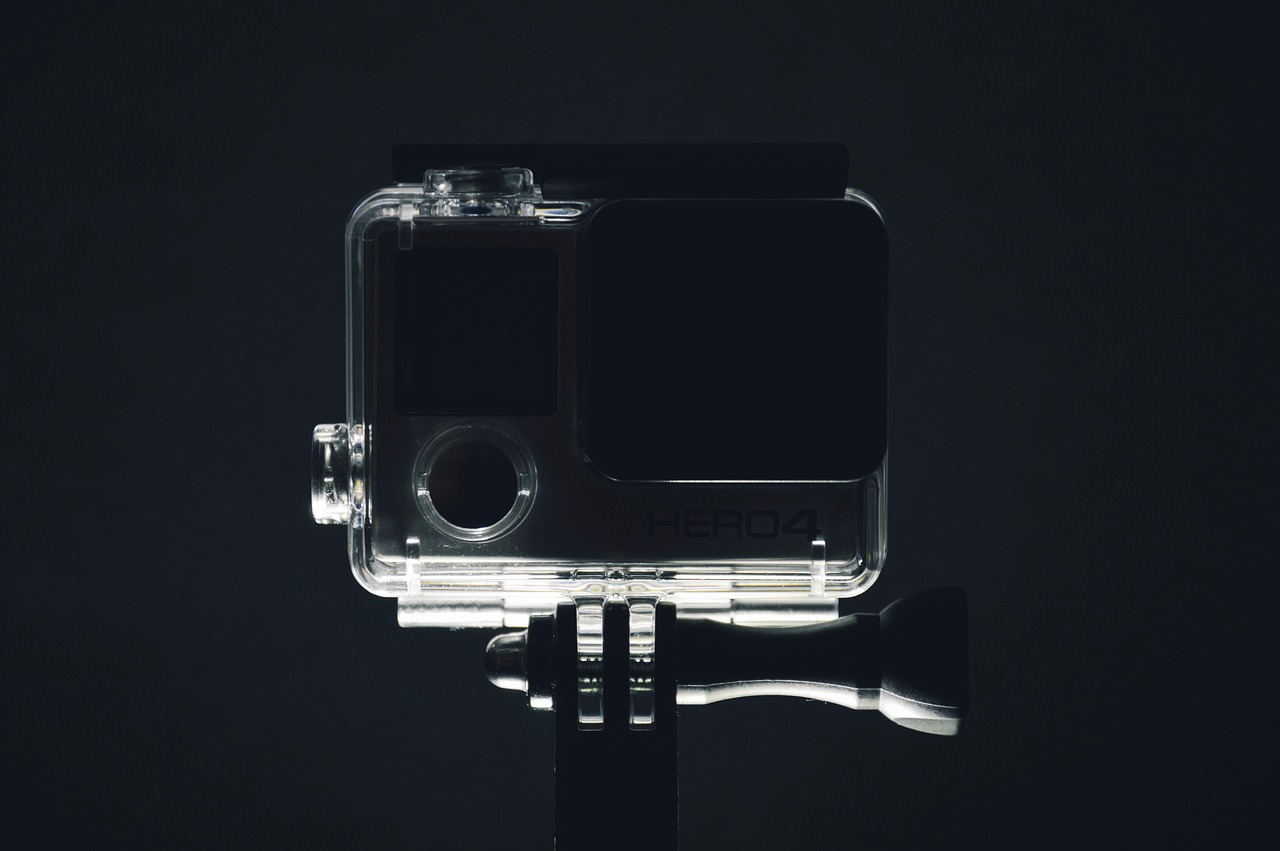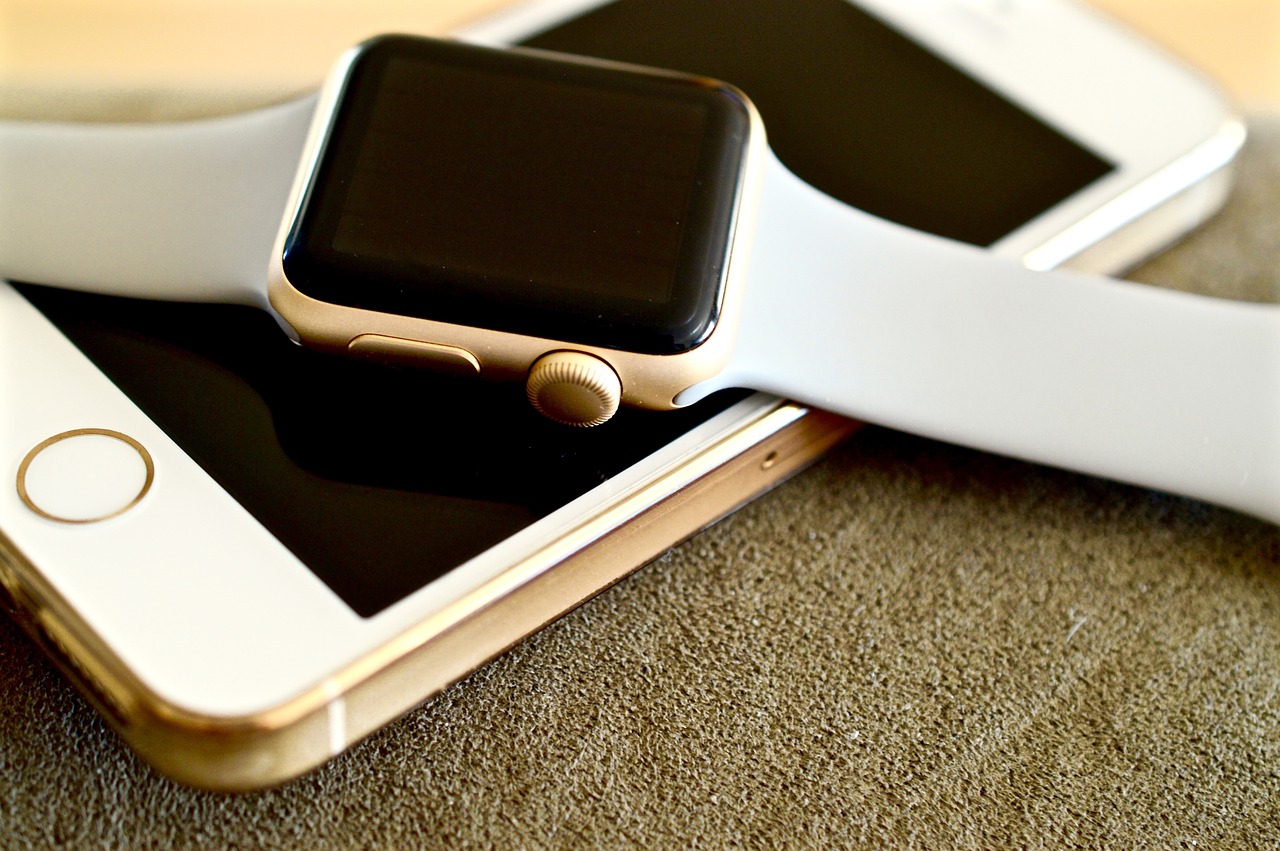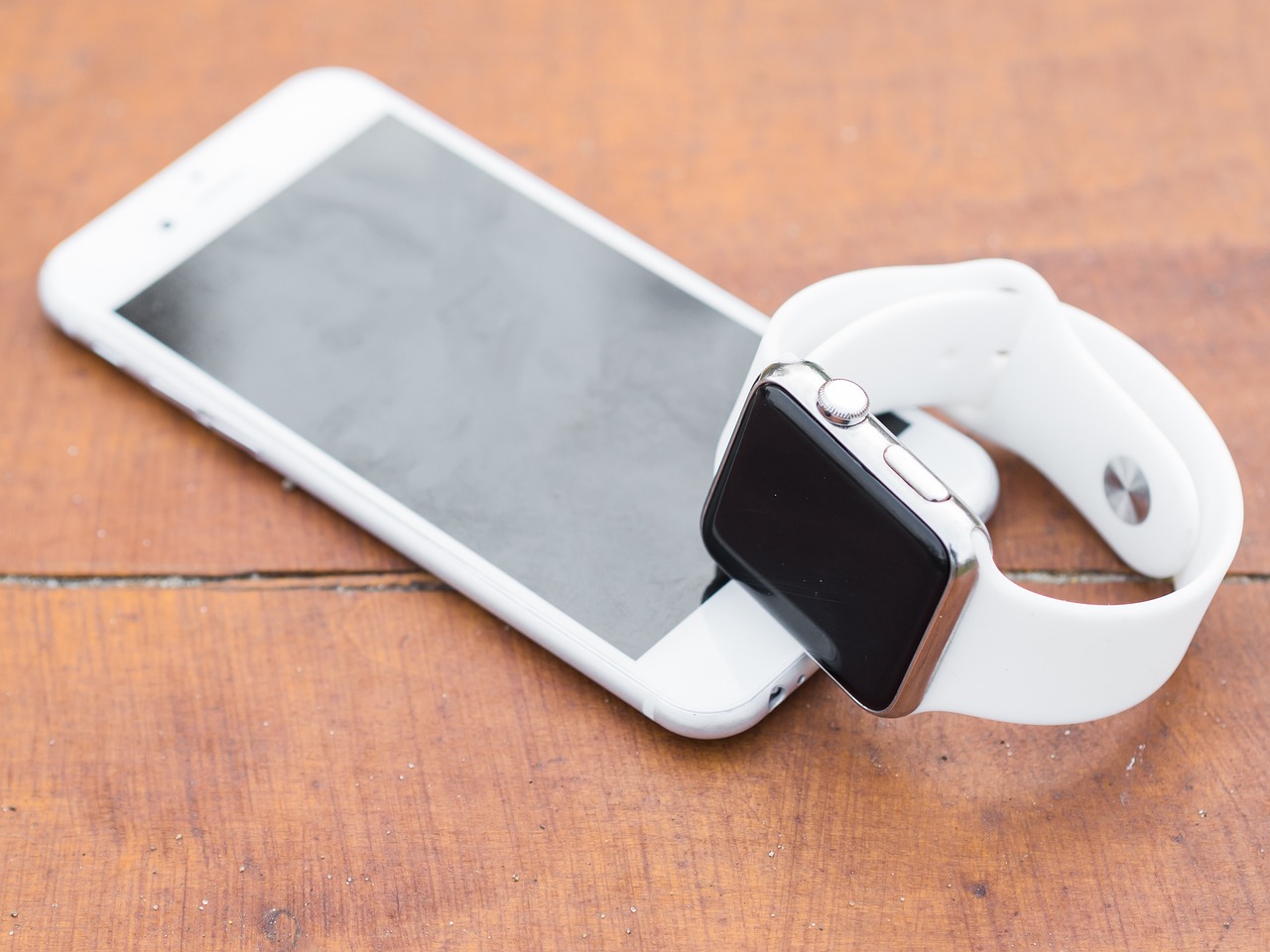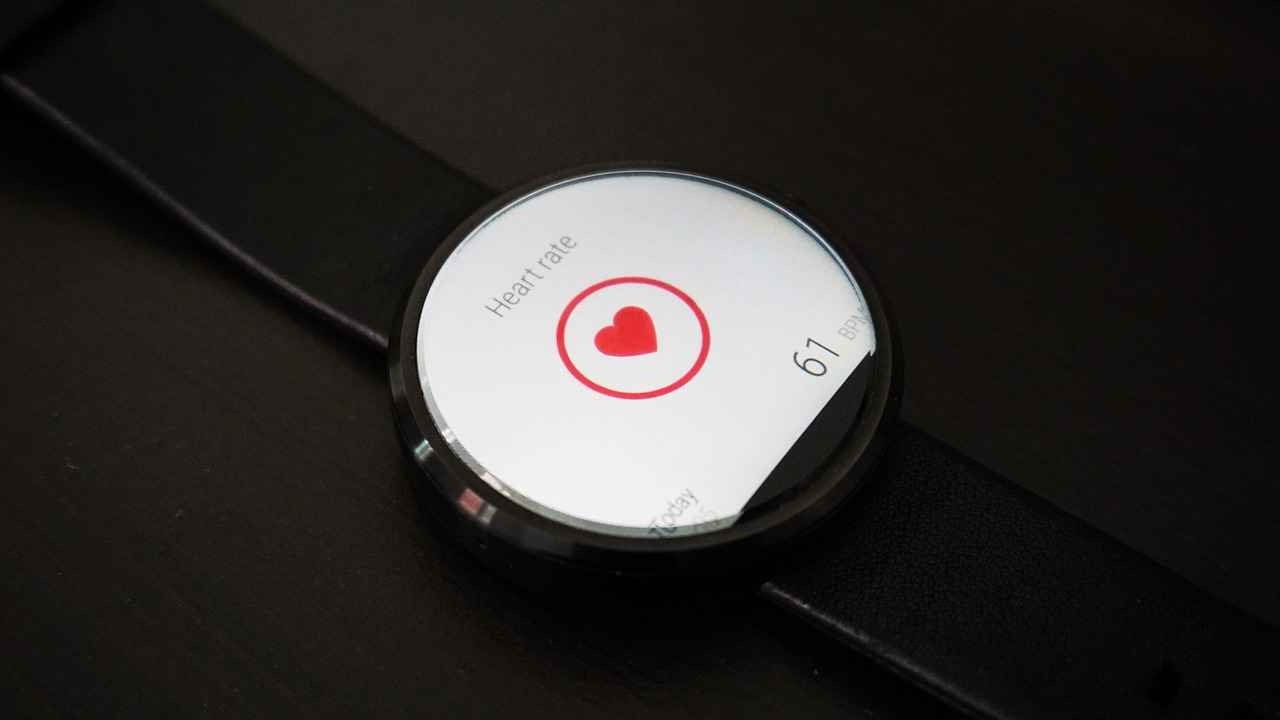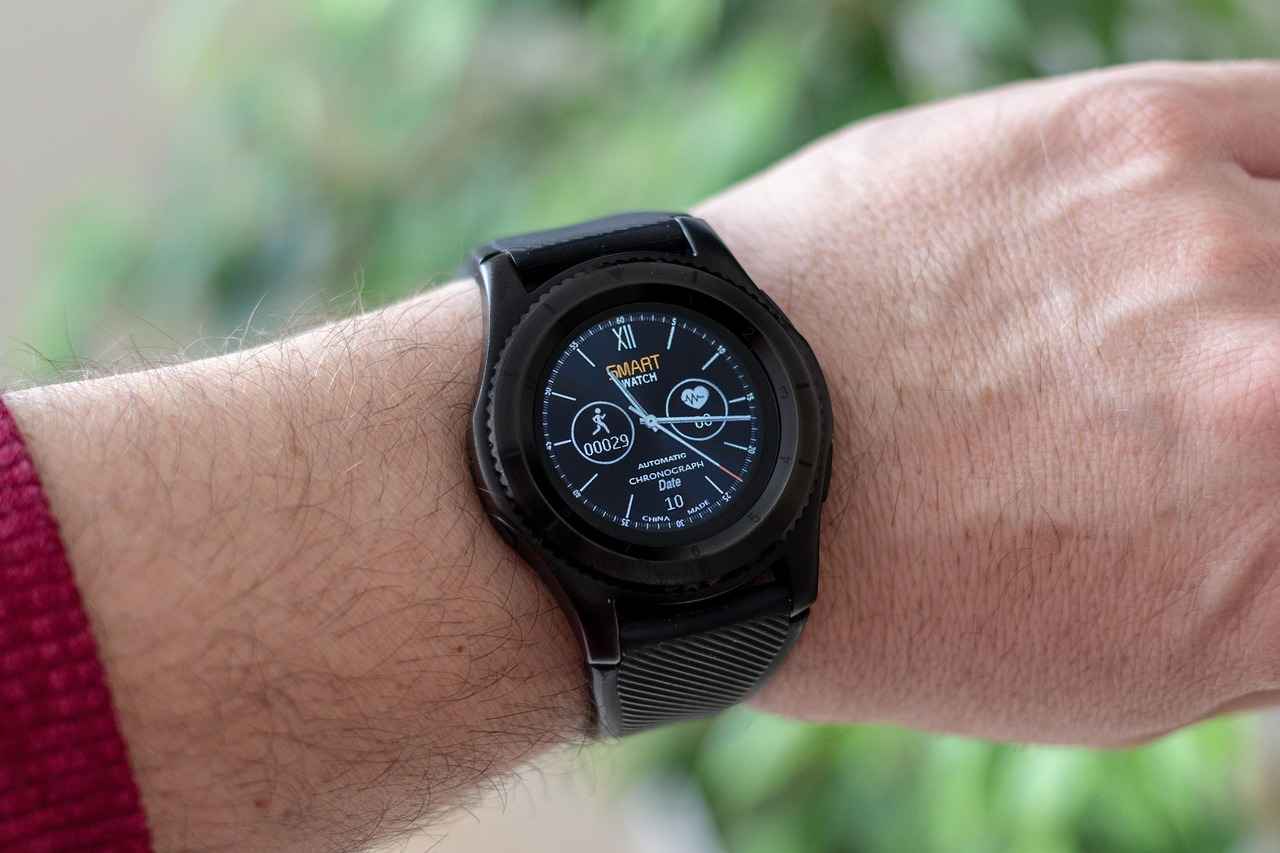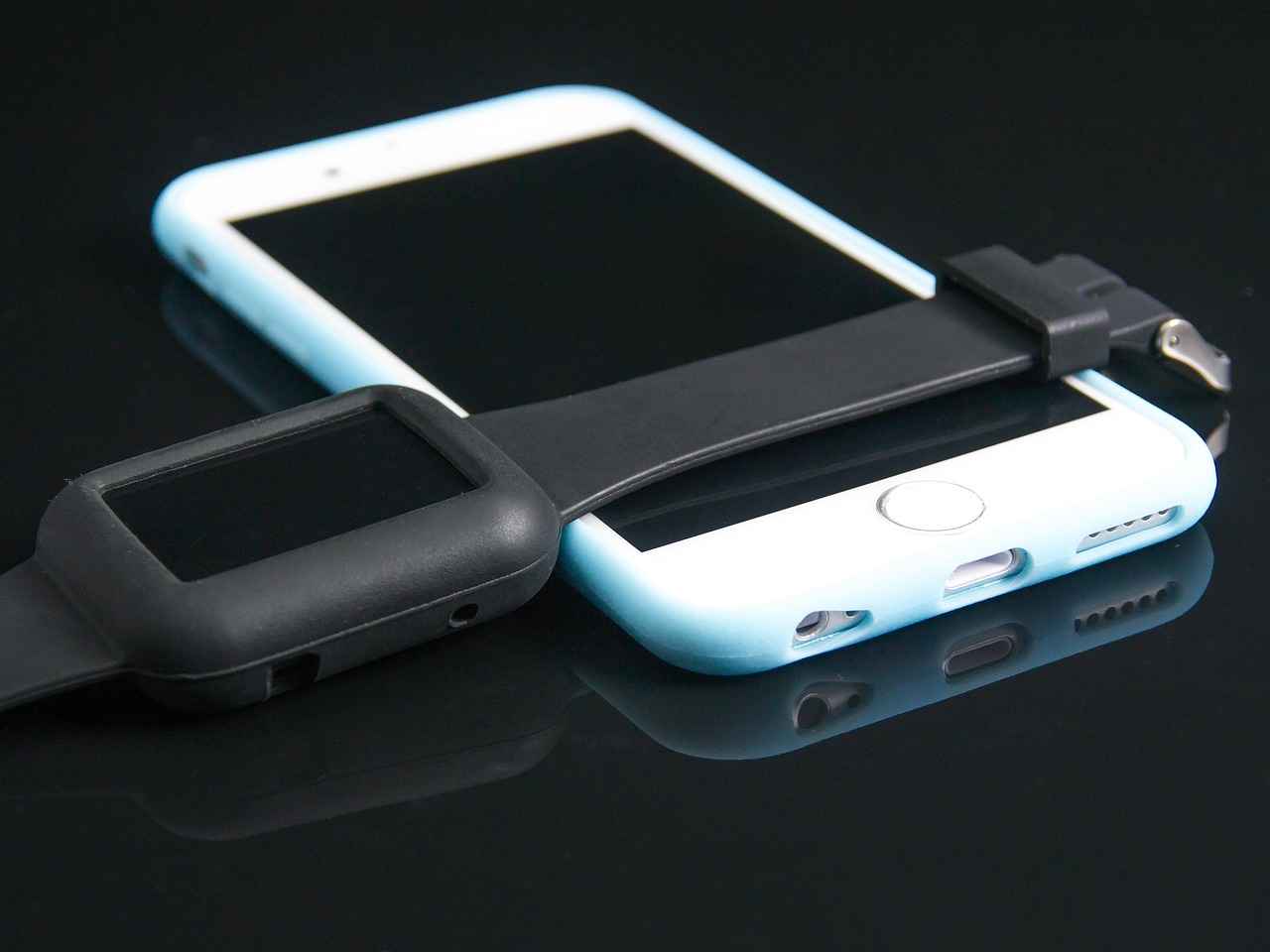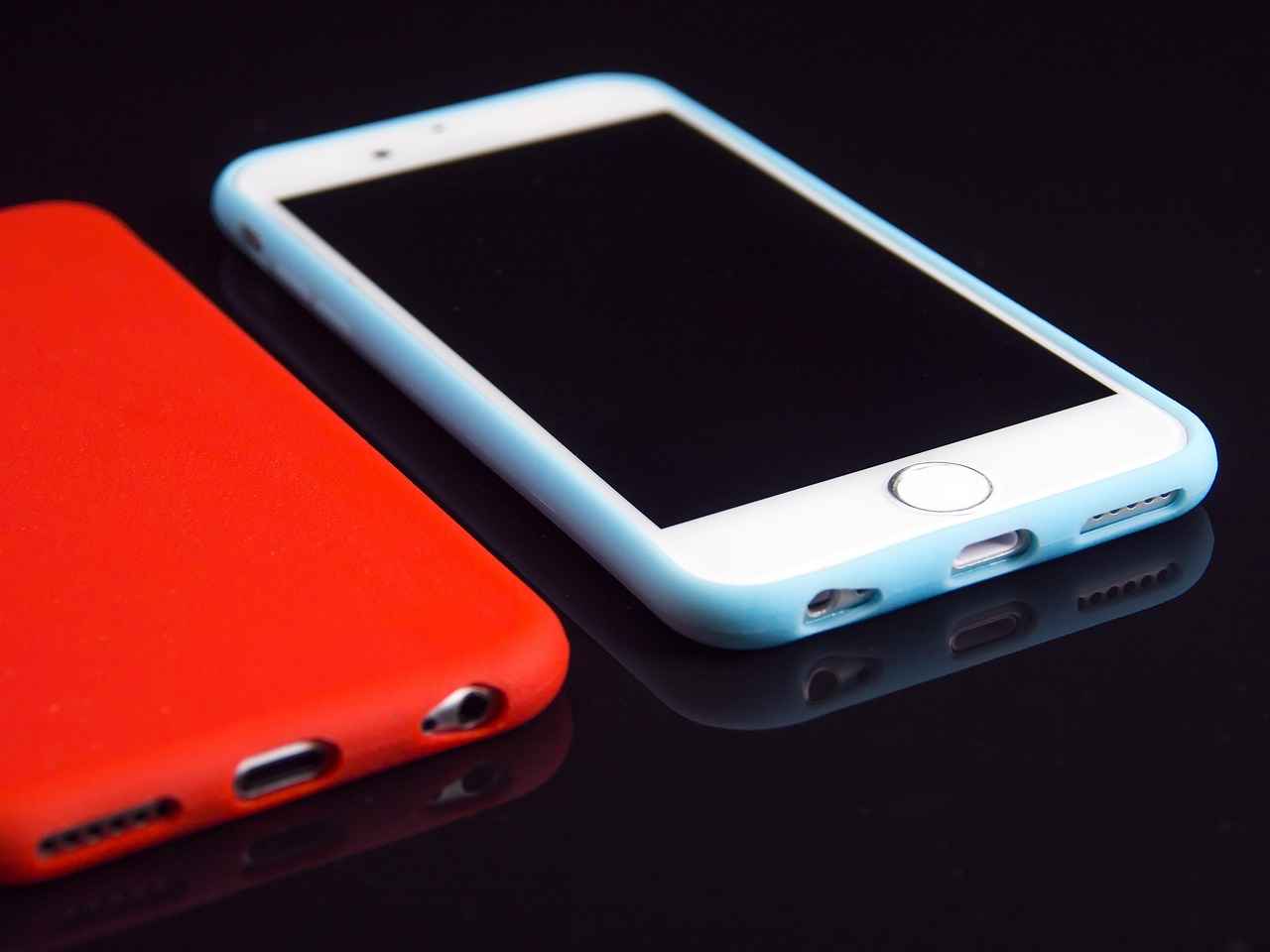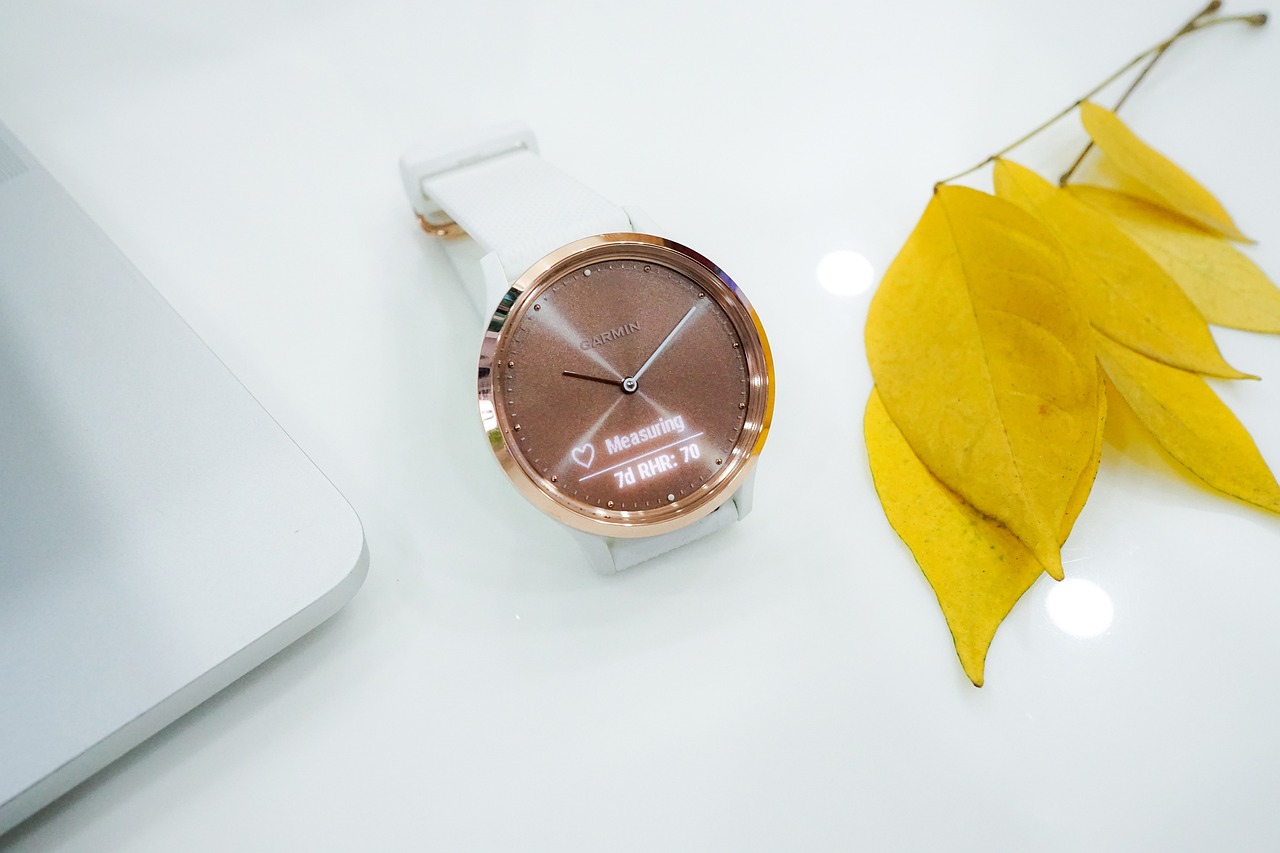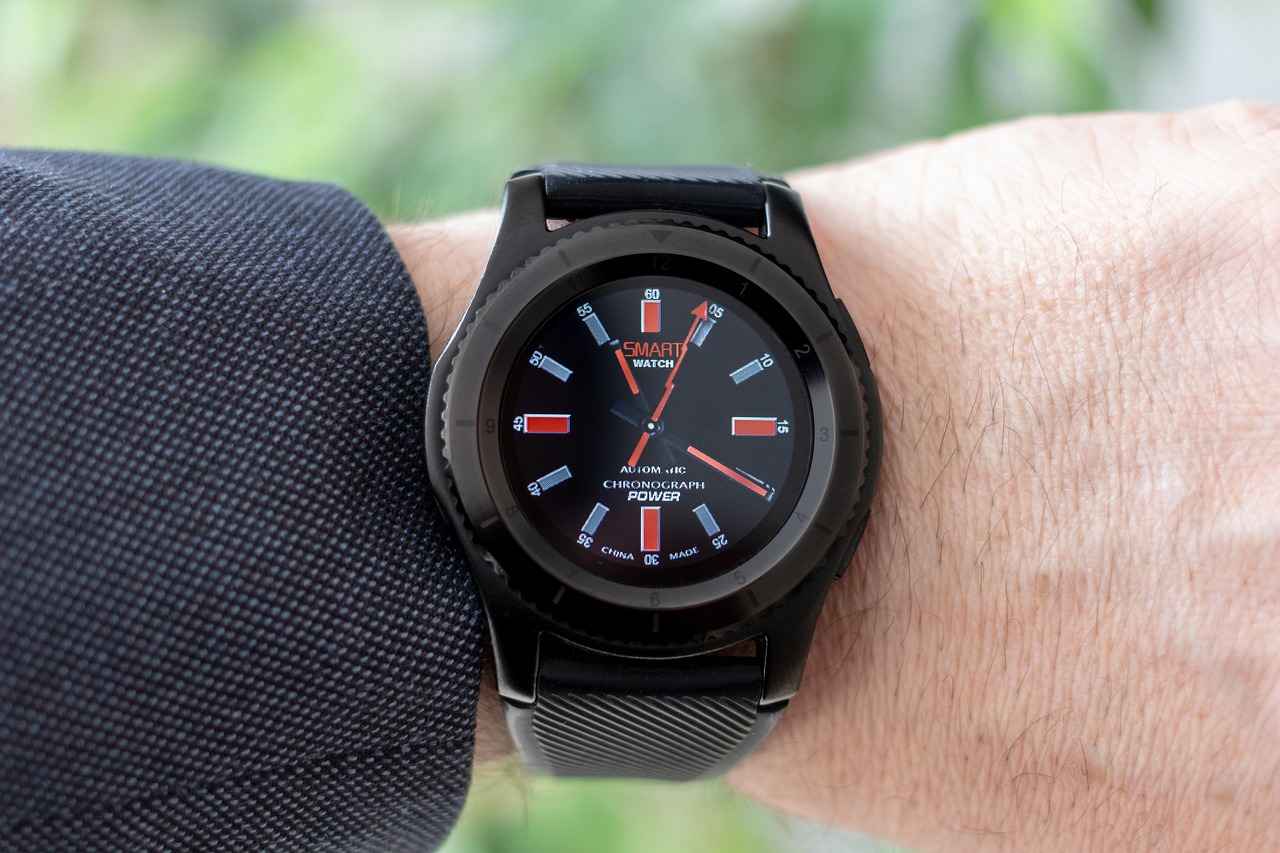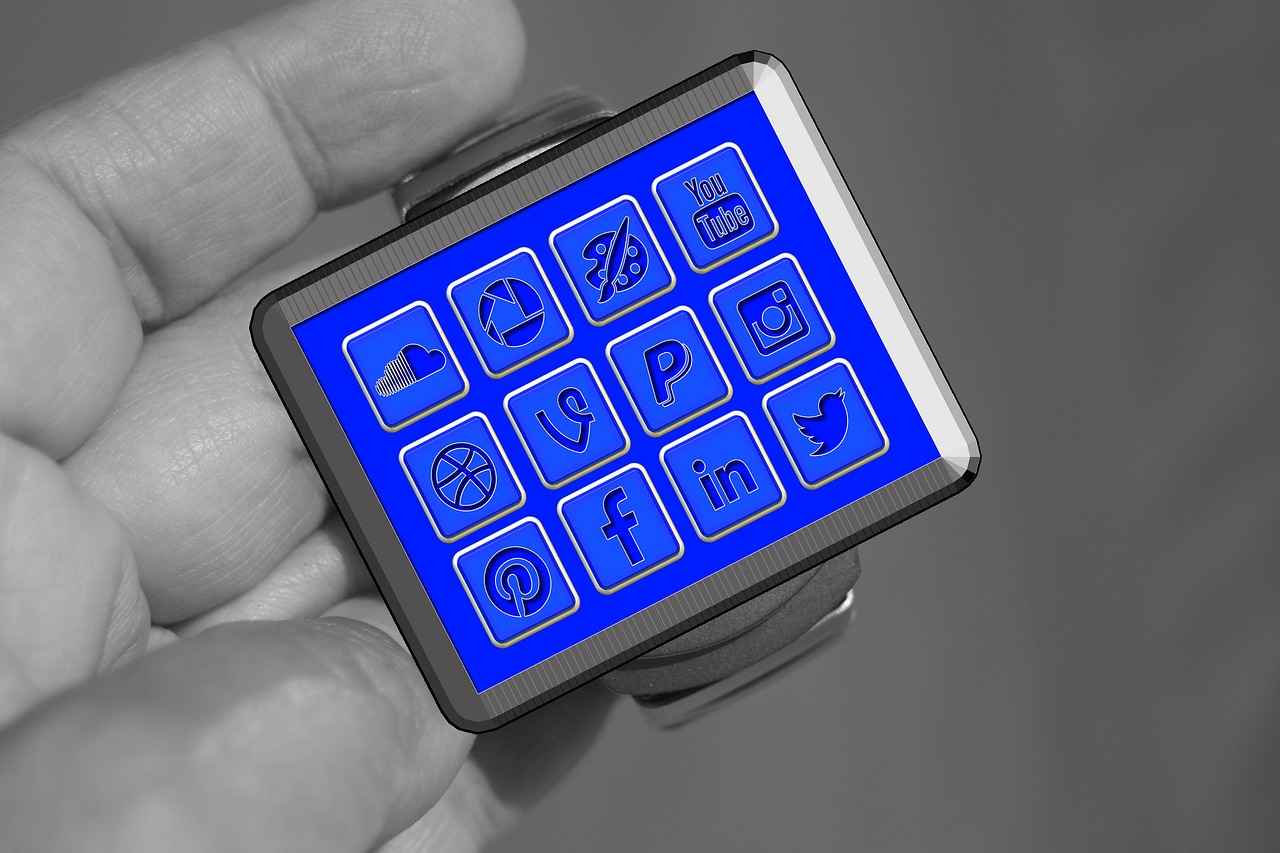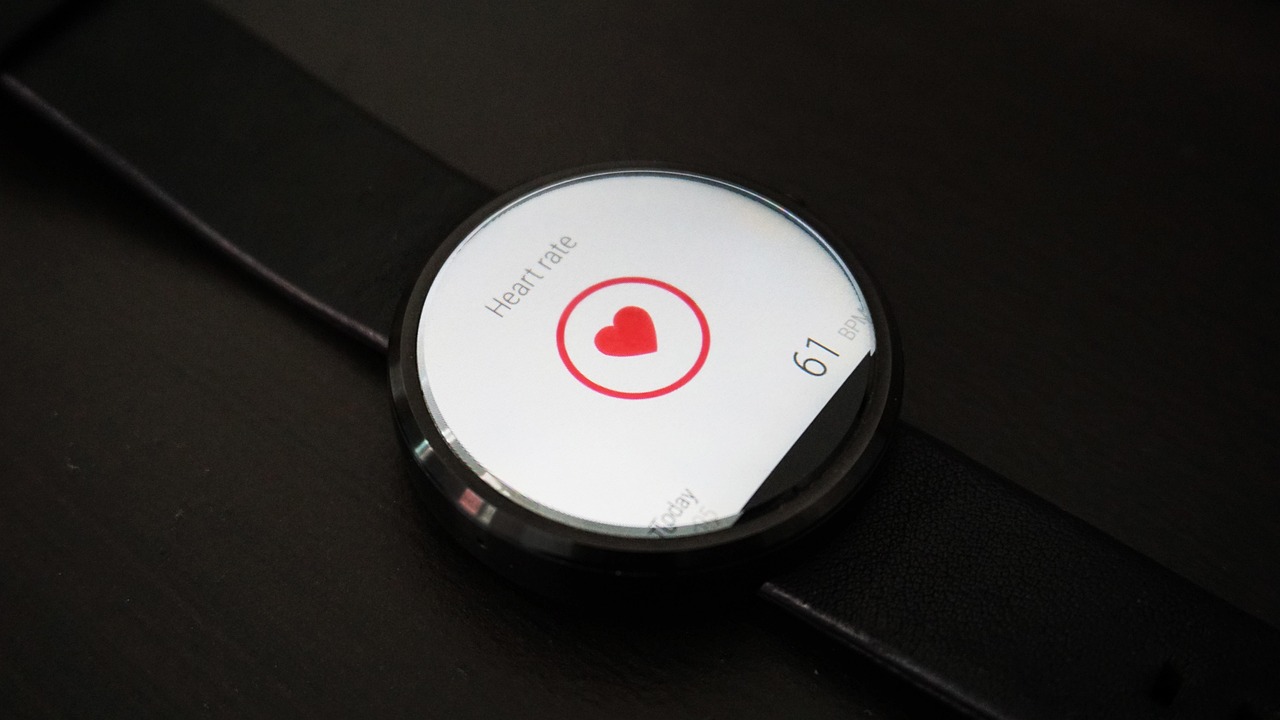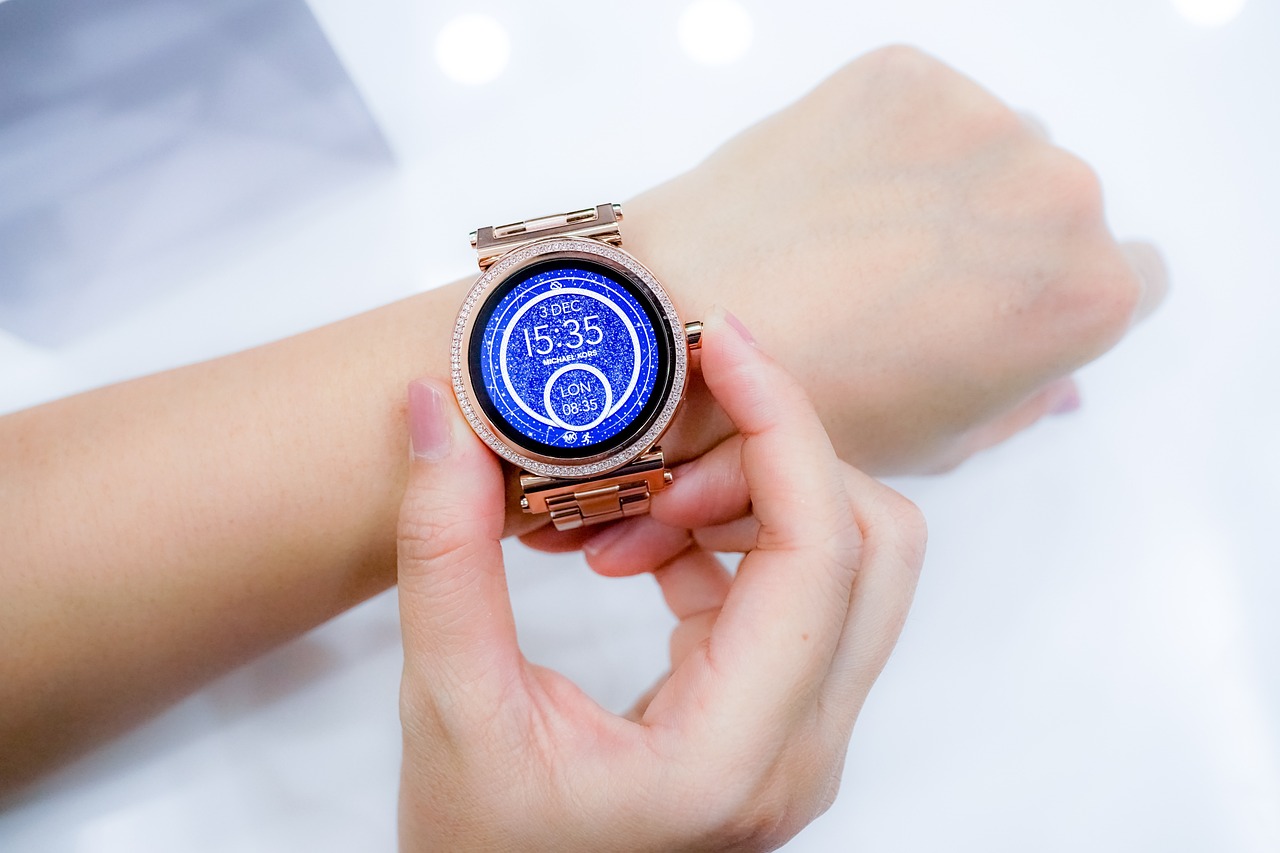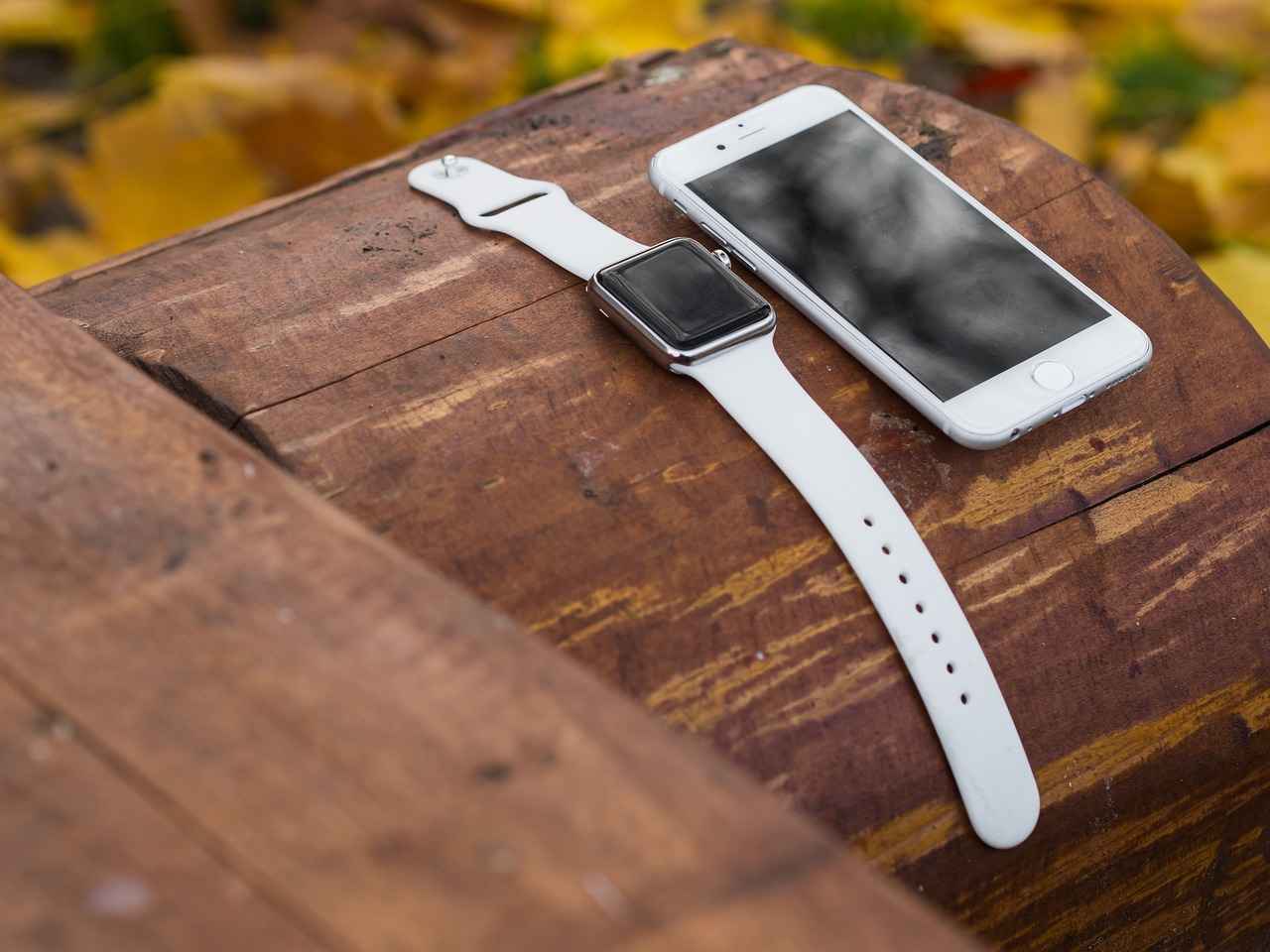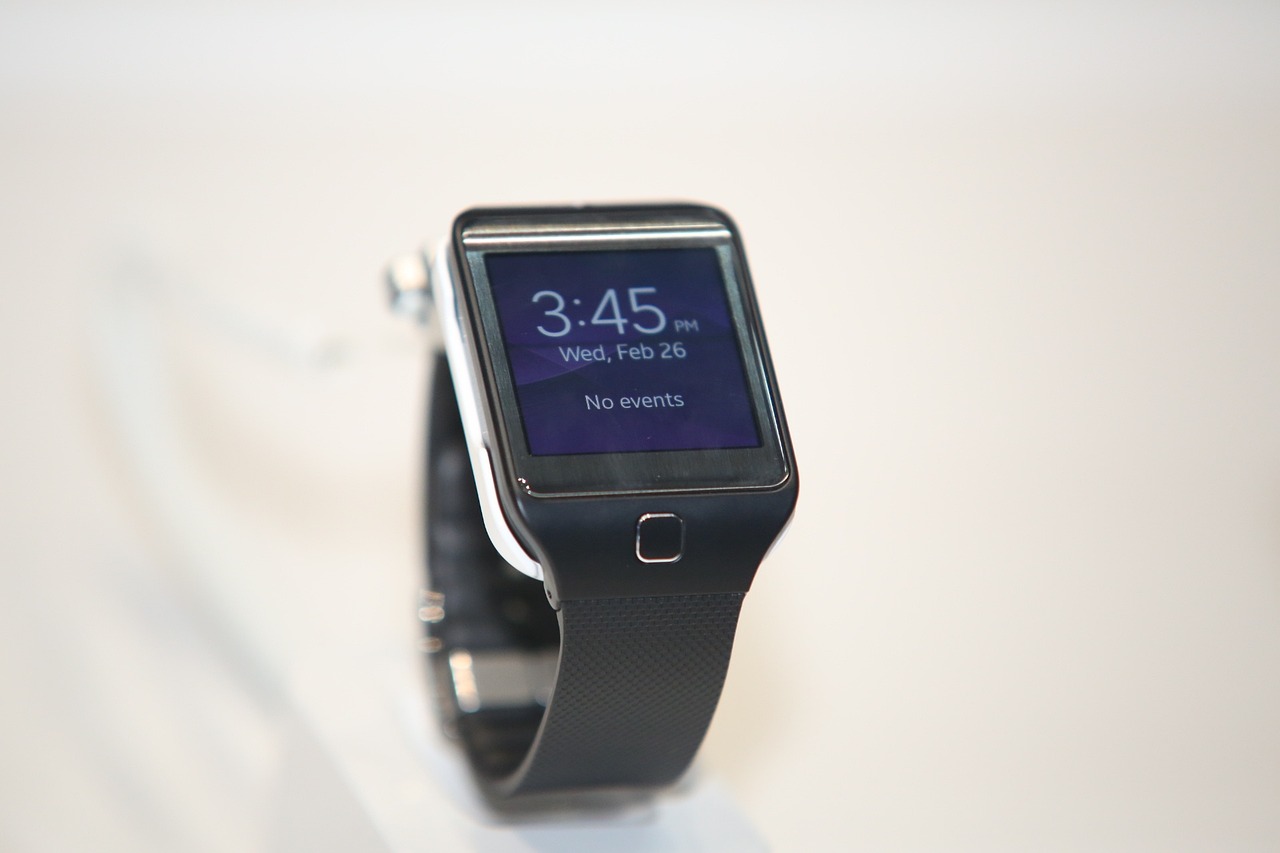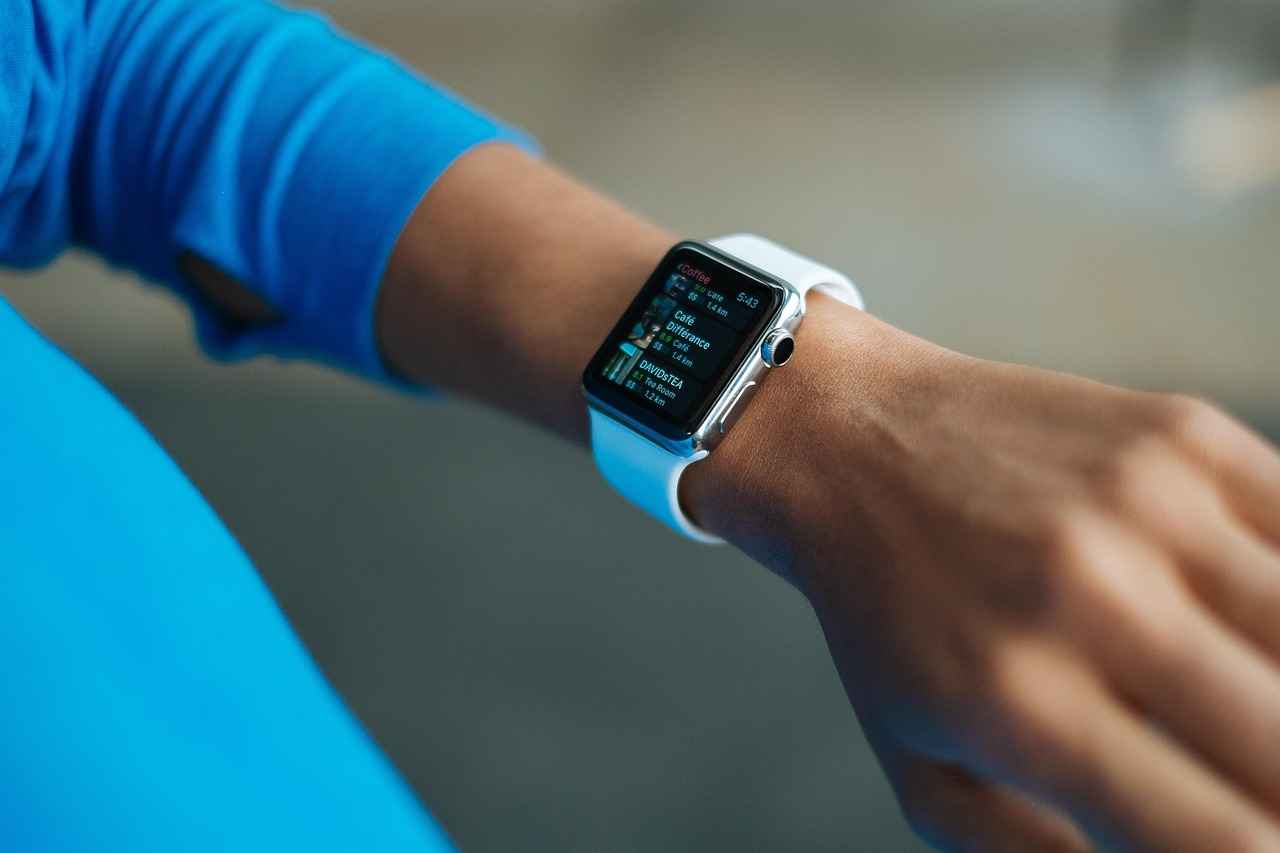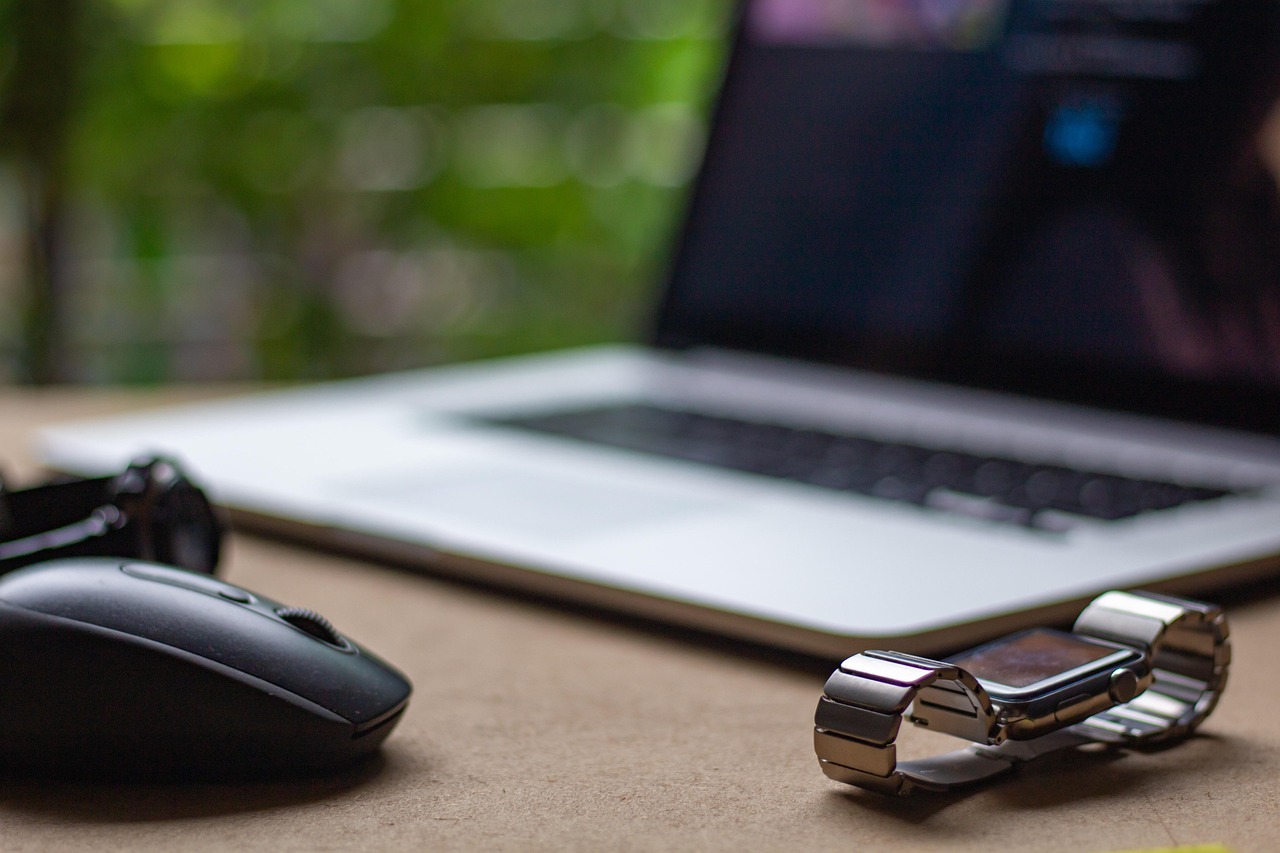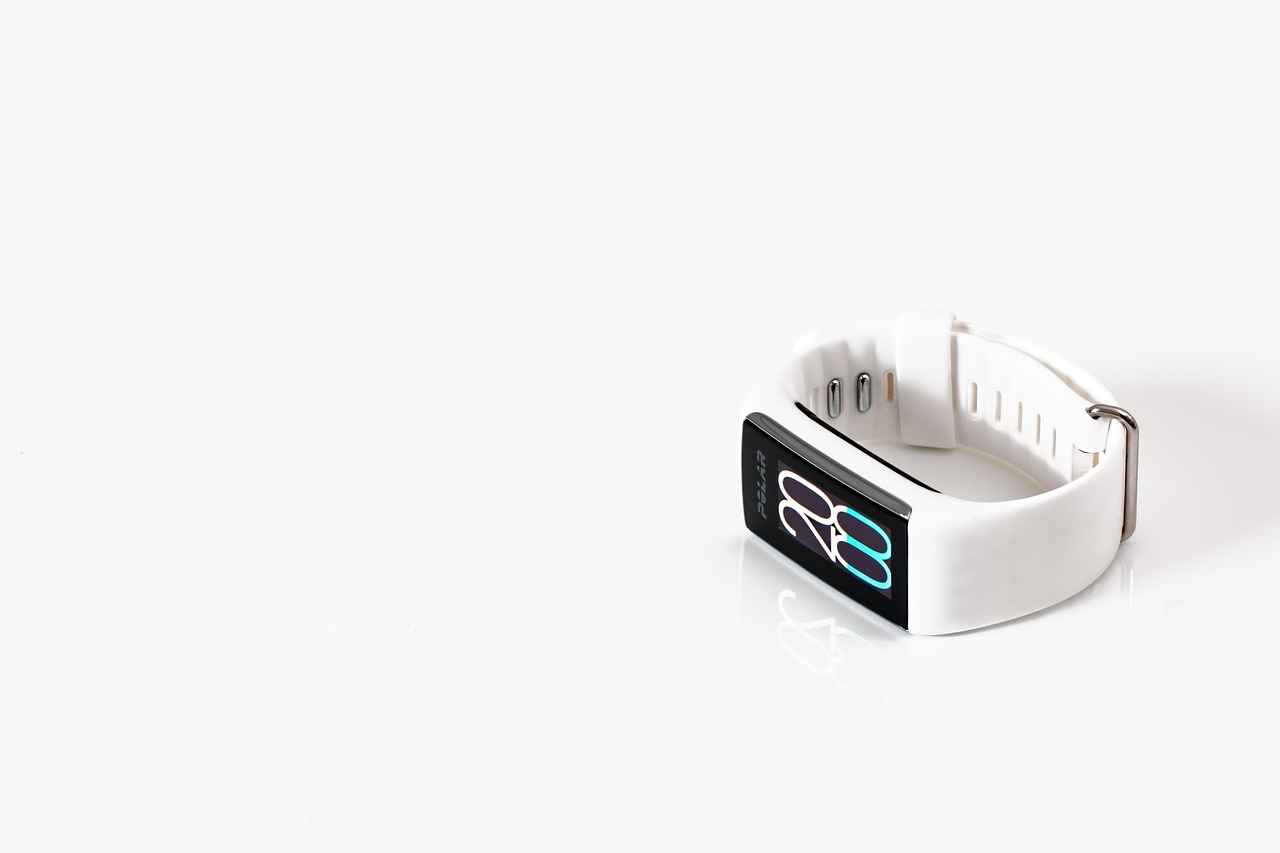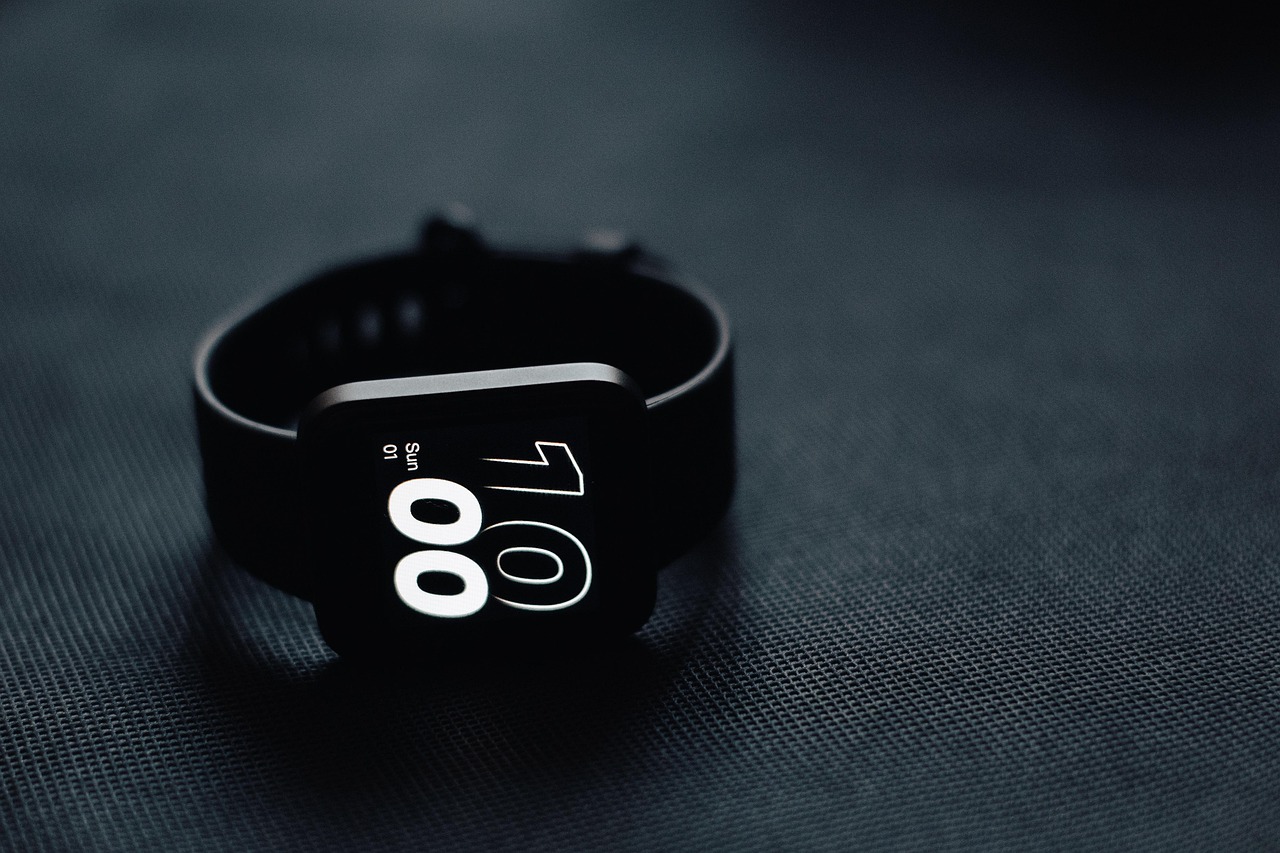This article delves into the vulnerabilities of smartwatches, the methods hackers use to exploit these weaknesses, and practical security measures to protect your device from potential threats.
Understanding Smartwatch Vulnerabilities
Smartwatches, like many connected devices, are susceptible to various vulnerabilities. These weaknesses can lead to unauthorized access to personal data, making it essential for users to understand how to safeguard their information effectively.
Common Hacking Methods for Smartwatches
Hackers utilize multiple techniques to compromise smartwatches. Familiarizing yourself with these methods can help you identify potential threats and take preventive measures.
- Bluetooth Exploits: Bluetooth connectivity serves as a common entry point for hackers. They can exploit weaknesses in Bluetooth protocols to gain unauthorized access to your smartwatch and its data.
- Man-in-the-Middle Attacks: This type of attack involves hackers intercepting communications between your smartwatch and other connected devices, potentially stealing sensitive information without your knowledge.
- Pairing Vulnerabilities: Flaws during the pairing process can allow hackers to connect to your smartwatch, granting them access to personal data and control over the device.
- Malicious Apps and Software: Installing unverified apps can expose your smartwatch to malware. Understanding the risks associated with third-party applications is vital for maintaining device integrity.
Signs Your Smartwatch May Be Hacked
Recognizing the signs of a compromised smartwatch is essential for prompt action. Common indicators include:
- Unusual Battery Drain: If your smartwatch experiences sudden battery drain, it may indicate unauthorized activity.
- Unexpected Notifications: Receiving unfamiliar notifications can signal that your smartwatch is being accessed by an unauthorized source.
Best Practices for Smartwatch Security
Implementing effective security measures can significantly reduce the risk of hacking. Here are some practical tips:
- Regular Software Updates: Keeping your smartwatch’s software up to date is crucial as updates often include patches for vulnerabilities.
- Strong Passwords and Authentication: Utilize strong passwords and enable two-factor authentication to enhance security.
Choosing Secure Smartwatch Models
Not all smartwatches offer the same level of security. When selecting a smartwatch, consider:
- Security Features: Look for models with robust security features, such as encryption and secure boot.
- Brand Reputation: Opt for reputable brands known for addressing security issues and providing reliable customer support.
Responding to a Hacked Smartwatch
If you suspect that your smartwatch has been hacked, it is crucial to respond quickly:
- Disconnecting from Networks: Immediately disconnect your smartwatch from all networks to prevent further unauthorized access.
- Factory Resetting the Device: A factory reset can remove malicious software, but ensure you back up important information first.
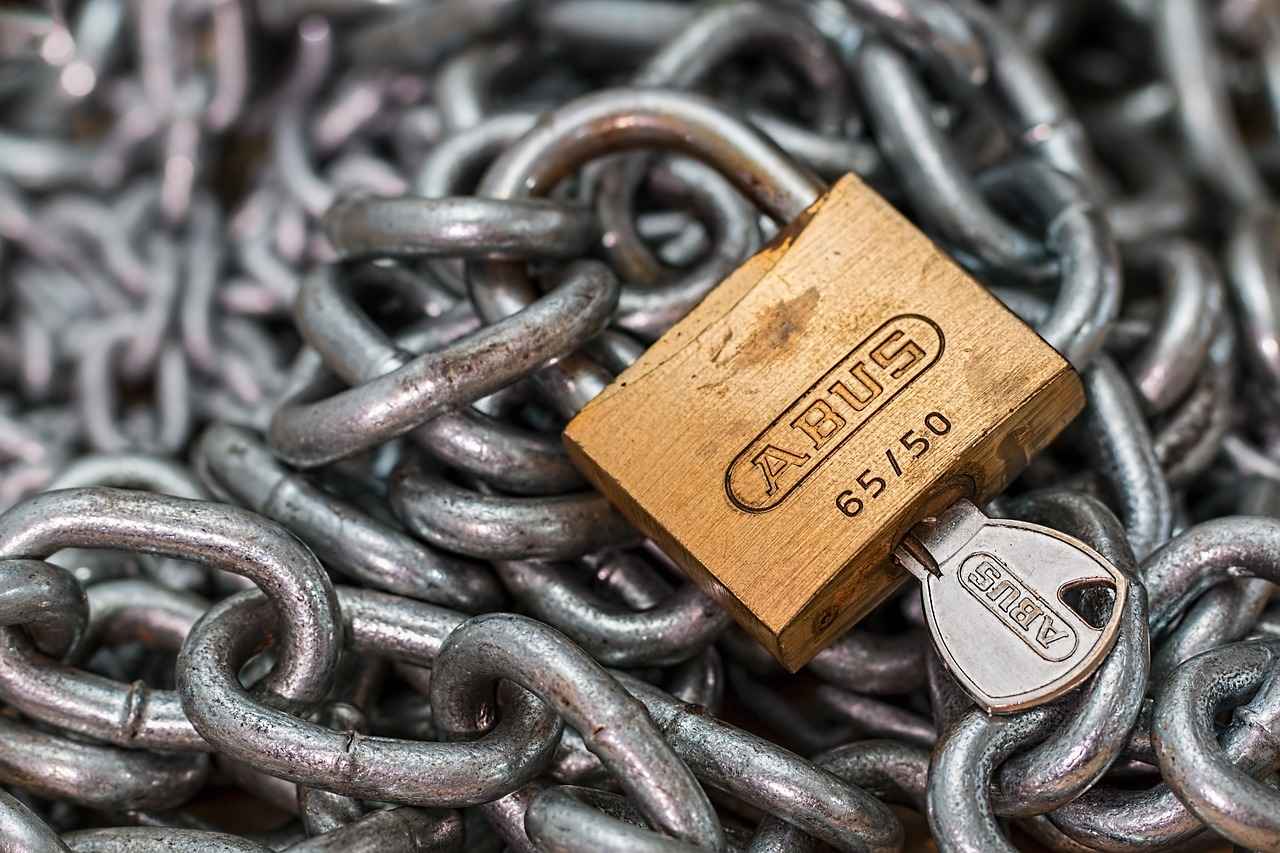
Understanding Smartwatch Vulnerabilities
In today’s digital age, smartwatches have become increasingly popular, serving not only as timepieces but also as powerful health and communication tools. However, like any connected device, these gadgets come with their own set of inherent vulnerabilities. Understanding these weaknesses is crucial for users who wish to safeguard their personal information and ensure the security of their devices.
Smartwatches often connect to the internet and sync with smartphones, creating multiple pathways for potential threats. One of the primary concerns is the Bluetooth connectivity. While convenient, Bluetooth can be exploited by cybercriminals who utilize various methods to gain unauthorized access. For instance, vulnerabilities in the Bluetooth protocol can allow attackers to intercept data being transmitted between your smartwatch and paired devices.
Another significant threat is the man-in-the-middle attack, where hackers intercept communications between your smartwatch and other devices. This type of attack can lead to the theft of sensitive information, including personal messages and health data. Additionally, weaknesses during the pairing process can enable malicious actors to connect to your smartwatch, compromising its security.
Moreover, installing unverified or malicious applications can introduce malware to your device. These apps may collect personal data or even take control of your smartwatch. Therefore, being cautious about the applications you download is essential for maintaining the integrity of your device.
In summary, recognizing the vulnerabilities present in smartwatches is the first step in protecting your personal data. By understanding these risks and employing effective security measures, users can significantly reduce the likelihood of their devices being compromised.

Common Hacking Methods for Smartwatches
In today’s digital age, smartwatches have become integral to our daily lives, offering convenience and connectivity. However, with this increased functionality comes the risk of security breaches. Understanding the common hacking methods used by cybercriminals is essential for protecting your device and personal information.
Hackers employ various techniques to compromise smartwatches. Familiarizing yourself with these methods can help you recognize potential threats and take preventive measures.
- Bluetooth Exploits: Bluetooth is a widely used technology that connects smartwatches to other devices. Hackers can exploit vulnerabilities in Bluetooth protocols, allowing them to gain unauthorized access to your smartwatch and its sensitive data.
- Man-in-the-Middle Attacks: In these types of attacks, hackers intercept communications between your smartwatch and connected devices. This can lead to the theft of sensitive information, such as passwords, without your knowledge.
- Pairing Vulnerabilities: The process of pairing your smartwatch with other devices can be a weak point. If the pairing process is not secure, hackers can connect to your device, gaining access to personal data and control over its functions.
- Malicious Apps: Installing unverified or malicious applications can expose your smartwatch to malware. These apps can compromise your device’s integrity and lead to unauthorized data access.
- Phishing Attacks: Just like with computers and smartphones, phishing attacks can target smartwatch users. Hackers may send fake notifications or messages that trick users into providing personal information or downloading harmful software.
By being aware of these common hacking methods, you can take proactive steps to secure your smartwatch. Implementing security measures such as regular software updates, using strong passwords, and being cautious about app installations can significantly reduce the risk of falling victim to these threats.
Bluetooth Exploits
Bluetooth connectivity has become a prevalent feature in smartwatches, allowing users to connect seamlessly with their smartphones and other devices. However, this convenience comes with significant risks. Hackers frequently target Bluetooth as a vulnerable entry point to gain unauthorized access to smartwatches and the sensitive data they store.
One of the primary methods of exploiting Bluetooth vulnerabilities involves intercepting communication between devices. Hackers can use specialized tools to eavesdrop on data being transmitted, potentially capturing personal information such as messages, health data, or even passwords. This type of attack is often referred to as a sniffing attack, where the hacker listens in on the connection without the user’s knowledge.
Another common technique is the man-in-the-middle (MITM) attack. In this scenario, the hacker positions themselves between the smartwatch and the paired device, manipulating the data being exchanged. This can lead to unauthorized control over the smartwatch, allowing the hacker to send commands or extract sensitive information.
Moreover, pairing vulnerabilities can also pose a significant risk. During the pairing process, if proper security measures are not in place, hackers can exploit weak authentication protocols to connect to the smartwatch. This unauthorized connection can grant them access to personal data, enabling further exploitation.
To protect against these Bluetooth exploits, it is crucial for users to adopt best practices. Always ensure that your smartwatch is updated with the latest firmware, as manufacturers regularly release patches to fix known vulnerabilities. Additionally, disable Bluetooth when not in use and only pair with trusted devices to minimize risks.
In summary, while Bluetooth connectivity enhances the functionality of smartwatches, it also opens doors for potential hacking. By understanding these vulnerabilities and implementing effective security measures, users can significantly reduce the risk of unauthorized access to their devices.
Man-in-the-Middle Attacks
In the realm of digital security, man-in-the-middle (MitM) attacks pose a significant threat to users of smartwatches and other connected devices. These attacks occur when a malicious actor intercepts communication between two parties, in this case, your smartwatch and its paired devices, such as smartphones or computers. The hacker secretly relays and possibly alters the communication, making it appear as if a normal exchange is taking place.
During a MitM attack, the hacker can capture sensitive information such as login credentials, personal messages, and even financial data without the user’s knowledge. This is particularly concerning for smartwatch users, as these devices often store and transmit sensitive health and personal information. The implications of such breaches can be severe, leading to identity theft, financial loss, and privacy violations.
One common method hackers employ in MitM attacks is through the exploitation of unsecured Wi-Fi networks. When a smartwatch connects to a public Wi-Fi network, for example, it can become vulnerable to interception. Hackers can use tools to monitor the network traffic, capturing the data exchanged between the smartwatch and other devices. To mitigate this risk, users should avoid connecting their smartwatches to public Wi-Fi networks or use a Virtual Private Network (VPN) for secure communication.
Additionally, Bluetooth vulnerabilities can also facilitate MitM attacks. If a smartwatch is paired with a compromised device, the hacker can intercept data during the pairing process or even while the devices are connected. Therefore, users should ensure that their devices are paired only with trusted devices and regularly update their software to patch any known vulnerabilities.
Being aware of these risks is the first step in protecting your smartwatch from MitM attacks. By taking proactive measures and understanding the potential threats, users can significantly enhance their device security and safeguard their personal information.
Pairing Vulnerabilities
In the realm of smart devices, pose significant risks that can lead to unauthorized access. During the pairing process, which is designed to establish a secure connection between your smartwatch and other devices, weaknesses can be exploited by hackers. This can enable them to connect to your smartwatch, thereby gaining access to personal data and potentially taking control over the device itself.
To understand how these vulnerabilities can be exploited, it is essential to recognize that many smartwatches rely on Bluetooth technology. While Bluetooth is a convenient feature, it can also be a gateway for cybercriminals. Hackers may use techniques such as sniffing to intercept data during the pairing process. This interception can allow them to capture sensitive information, including passwords, health data, and location tracking.
Moreover, the pairing process often lacks robust security measures. Many users may not utilize strong authentication methods, making it easier for hackers to pair their devices without consent. Once paired, the hacker can manipulate the smartwatch, access its applications, and extract valuable information.
To mitigate these risks, users should implement several best practices:
- Always verify connections: Ensure that you are connecting to trusted devices only.
- Use strong authentication: Employ complex passwords and enable two-factor authentication where possible.
- Update regularly: Keeping your smartwatch’s firmware up to date can patch known vulnerabilities.
- Limit visibility: Set your smartwatch to non-discoverable mode when not in use to reduce exposure to potential attackers.
By understanding the risks associated with pairing vulnerabilities and taking proactive measures, users can significantly enhance the security of their smartwatches and protect their personal data from potential breaches.
Malicious Apps and Software
pose a significant threat to the security of your smartwatch. While the convenience of third-party applications can enhance functionality, the risks associated with installing unverified apps cannot be overlooked. Understanding these risks is crucial for maintaining the integrity and security of your device.
Smartwatches are increasingly becoming targets for cybercriminals, and one of the primary methods they exploit is through malicious applications. These applications can be disguised as legitimate software, tricking users into downloading them. Once installed, they can access sensitive information, track your location, and even control device functionalities without your consent.
There are several reasons why installing unverified apps can expose your smartwatch to malware:
- Data Theft: Many malicious apps are designed to steal personal data, including passwords, contacts, and health information. This data can be sold on the dark web or used for identity theft.
- Unauthorized Access: Once a malicious app is installed, it can create backdoors, allowing hackers to gain unauthorized access to your smartwatch and any connected devices.
- Device Control: Some malware can take control of your smartwatch, enabling hackers to manipulate settings, track your movements, or even activate features like the camera or microphone.
To mitigate these risks, it is essential to adopt best practices when it comes to app installation:
- Download from Trusted Sources: Always download apps from official app stores or trusted developers. Avoid third-party sites that may host malicious software.
- Check Permissions: Review the permissions requested by an app before installation. If an app asks for access to features unrelated to its functionality, it may be a red flag.
- Read Reviews: User reviews can provide insight into an app’s reliability. Look for feedback regarding any security concerns or unusual behavior.
By being vigilant and informed about the risks associated with malicious apps, you can significantly enhance the security of your smartwatch and protect your personal information.

Signs Your Smartwatch May Be Hacked
In today’s digital age, smartwatches have become integral to our daily lives, offering convenience and connectivity. However, with this increased use comes the risk of hacking. Recognizing the signs of a compromised smartwatch is essential for prompt action. This section outlines common indicators that your device may have been hacked, allowing you to take necessary steps to secure your information.
- Unusual Battery Drain: If your smartwatch experiences a sudden and unexplained drop in battery life, it could be a sign of unauthorized activity. Hackers may be using your device to run malicious processes, which can drain power quickly. Regularly monitoring your battery usage can help you identify these anomalies.
- Unexpected Notifications: Receiving notifications that you don’t recognize or alerts that seem out of place can indicate that your smartwatch is being accessed by an unauthorized source. Pay close attention to these alerts and investigate their origins to ensure your device’s safety.
- Changes in Settings: If you notice settings on your smartwatch that have changed without your input, this could be a red flag. Unauthorized users may alter configurations to gain further access to your data. Regularly check your device settings to ensure everything is as it should be.
- Unfamiliar Apps: The presence of apps that you did not install can indicate that your smartwatch has been compromised. Malicious software can be installed without your knowledge, so it’s crucial to review installed applications regularly and remove anything suspicious.
- Slow Performance: If your smartwatch suddenly becomes sluggish or unresponsive, it may be a result of malware running in the background. A compromised device often struggles to function efficiently due to the additional processes running without your consent.
By being vigilant and aware of these signs, you can take proactive measures to protect your smartwatch from potential threats. If you suspect your device has been hacked, it is important to act quickly to mitigate any damage and secure your personal information.
Unusual Battery Drain
When it comes to smartwatches, one of the most concerning signs of potential unauthorized access is . If you notice that your smartwatch’s battery depletes significantly faster than usual, it could be a red flag indicating that something is amiss. This sudden drain may not just be a result of normal usage patterns; rather, it could point to unauthorized activity taking place in the background.
Smartwatches are equipped with various sensors and applications that require power, but a drastic change in battery consumption should prompt immediate investigation. Monitoring your smartwatch’s battery usage can be a crucial step in identifying any potential security breaches. Many smartwatches come with built-in features that allow users to track battery performance over time. Familiarizing yourself with these features can help you spot irregularities quickly.
In addition to battery drain, other signs might accompany this issue. For instance, if your device is frequently overheating or if you receive unexpected notifications, these could further indicate that your smartwatch is compromised. It is essential to pay attention to these symptoms, as they may suggest that malicious software is running on your device, consuming resources and compromising your data.
To safeguard your smartwatch against such vulnerabilities, consider implementing the following measures:
- Regularly check battery usage statistics to identify any unusual patterns.
- Update your device’s software to ensure you have the latest security patches.
- Limit app installations to trusted sources to minimize the risk of malware.
By staying vigilant and proactive, you can significantly enhance the security of your smartwatch and protect your personal information from potential threats.
Unexpected Notifications
Receiving unfamiliar notifications or alerts on your smartwatch can be alarming and may indicate that your device is being accessed by an unauthorized source. These notifications can range from strange messages to alerts about activities that you did not initiate. It is essential to take these signs seriously, as they could signify a breach of your personal data and privacy.
When you encounter such notifications, the first step is to investigate their origin. Check the app or service associated with the alert and determine if it is one you recognize. If the notification seems suspicious or comes from an unknown source, it is crucial to act promptly.
- Review App Permissions: Go through the permissions granted to apps on your smartwatch. Ensure that only trusted applications have access to sensitive features like notifications and personal data.
- Check for Unauthorized Devices: Occasionally, hackers can gain access to your smartwatch through paired devices. Verify the list of connected devices and disconnect any that you do not recognize.
- Change Your Passwords: If you suspect unauthorized access, change the passwords for your smartwatch and any linked accounts immediately. This can help secure your data and prevent further intrusions.
Additionally, keeping your smartwatch’s software updated is vital. Regular updates often include patches for known vulnerabilities that hackers may exploit. By staying informed and proactive, you can significantly enhance your smartwatch’s security and protect your personal information.
In conclusion, while unexpected notifications can be a source of concern, taking the right steps can help you safeguard your smartwatch against potential threats. Always prioritize your device’s security to maintain your peace of mind.
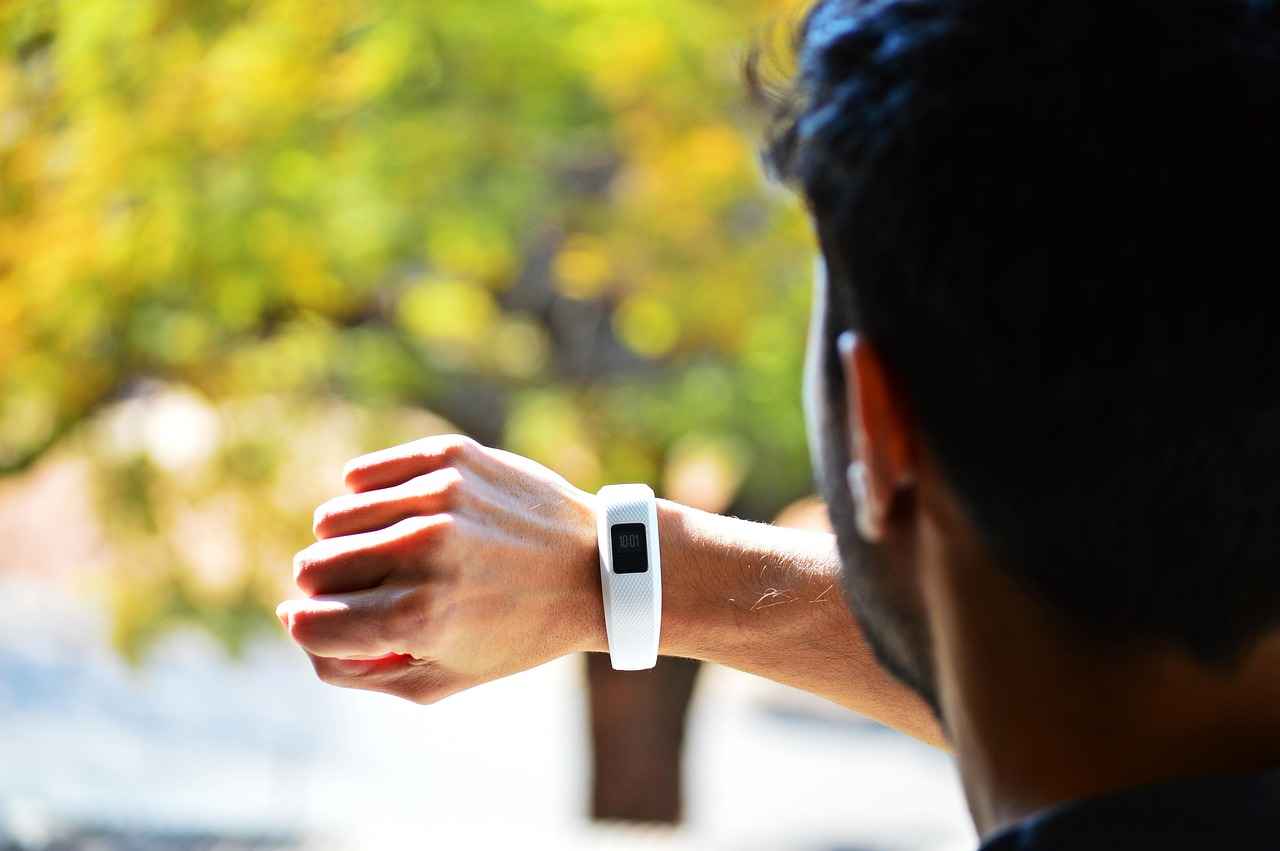
Best Practices for Smartwatch Security
In today’s digital age, smartwatches have become essential gadgets, offering convenience and connectivity. However, their increasing popularity also attracts potential cyber threats. To ensure that your smartwatch remains secure, it is crucial to adopt best practices for protection against hacking attempts. Here are some effective strategies to enhance the security of your device:
- Regular Software Updates: Keeping your smartwatch’s software up to date is vital. Manufacturers frequently release updates that include security patches to fix vulnerabilities. Enable automatic updates if available, to ensure you always have the latest security enhancements.
- Use Strong Passwords: A strong, unique password is your first line of defense. Avoid using easily guessable information such as birthdays or common words. Instead, opt for a mix of letters, numbers, and special characters to create a robust password.
- Enable Two-Factor Authentication: Whenever possible, activate two-factor authentication (2FA) on your smartwatch. This adds an extra layer of security by requiring a second form of verification, such as a text message or authentication app, when logging in.
- Be Cautious with Apps: Only download apps from trusted sources, such as official app stores. Unverified applications can contain malware that compromises your device. Always check reviews and ratings before installation.
- Manage Bluetooth Settings: Bluetooth is a common entry point for hackers. Disable Bluetooth when not in use, and avoid pairing with unknown devices. Regularly review your paired devices and remove any that are unfamiliar.
- Monitor Permissions: Pay attention to the permissions you grant to apps. Limit access to only what is necessary for the app’s functionality. This reduces the risk of exposing sensitive information.
- Secure Your Connections: Use a secure Wi-Fi connection whenever possible. Public Wi-Fi networks can be risky; consider using a VPN to encrypt your data when connecting to unfamiliar networks.
By implementing these best practices, you can significantly enhance the security of your smartwatch and protect your personal information from potential threats.
Regular Software Updates
In today’s digital age, keeping your smartwatch’s software up to date is not just a recommendation; it is a critical aspect of maintaining your device’s security. Smartwatches, like all connected gadgets, are susceptible to various threats, including hacking attempts that can compromise your personal data. Regular updates play a vital role in protecting your device from these vulnerabilities.
Software updates often contain security patches that address known vulnerabilities. Hackers are constantly evolving their methods, and manufacturers work diligently to stay ahead of these threats. By neglecting to update your smartwatch, you leave it exposed to potential exploits that could lead to unauthorized access to sensitive information.
Additionally, updates may include enhancements to existing features and functionalities, improving not only security but also user experience. These improvements can range from better battery management to new health tracking capabilities, ensuring that your smartwatch remains efficient and user-friendly.
Moreover, many updates are designed to strengthen the encryption protocols that protect your data during transmission. This is particularly important for smartwatches that sync with smartphones and other devices via Bluetooth or Wi-Fi. Without the latest security measures, your data could be intercepted during these communications, leaving you vulnerable to identity theft or other malicious activities.
To ensure that your smartwatch remains secure, it is advisable to enable automatic updates if available. This way, you can rest assured that your device is consistently protected against the latest threats without having to remember to check for updates manually. Always monitor your device for notifications regarding updates and install them promptly.
In summary, keeping your smartwatch’s software up to date is essential not only for security but also for enhancing functionality. By prioritizing regular updates, you significantly reduce the risk of hacking and ensure that your personal information remains secure.
Strong Passwords and Authentication
In the digital age, where our devices are increasingly interconnected, the importance of strong passwords and two-factor authentication (2FA) cannot be overstated. These two security measures are fundamental in protecting your smartwatch from unauthorized access and potential hacking attempts.
Firstly, a strong password acts as the first line of defense against intruders. It is essential to create a password that is not only difficult to guess but also unique to your device. A good password should include a mix of uppercase and lowercase letters, numbers, and special characters. Avoid using easily accessible information, such as birthdays or names, as these can be easily guessed or found through social media. Regularly updating your password can also enhance security, as it limits the time frame in which a compromised password can be exploited.
In addition to strong passwords, enabling two-factor authentication significantly enhances your smartwatch’s security. This method requires not just a password but also a second form of verification, typically a code sent to your smartphone or email. This means that even if someone manages to obtain your password, they would still need access to your second factor to gain entry. This two-step process adds an extra layer of protection that is crucial in today’s threat landscape.
Moreover, many smartwatches now offer biometric authentication options, such as fingerprint or facial recognition, which can further secure your device. Utilizing these features can make it even more challenging for unauthorized users to access your smartwatch.
To summarize, adopting a strategy that includes strong passwords and two-factor authentication is vital for safeguarding your smartwatch. By implementing these practices, you can significantly reduce the risk of unauthorized access and protect your personal data from potential threats.

Choosing Secure Smartwatch Models
When it comes to selecting a smartwatch, security should be a top priority for consumers. With the increasing reliance on these devices for managing personal data, understanding the security features available is essential. Not all smartwatches are created equal in terms of security, and this section discusses key features to look for when selecting a secure smartwatch for your needs.
- Data Encryption: Look for smartwatches that offer end-to-end encryption for data transmission. This ensures that any information shared between your smartwatch and connected devices is protected from unauthorized access.
- Regular Software Updates: Choose a model that receives regular updates from the manufacturer. Frequent updates not only introduce new features but also patch vulnerabilities that hackers may exploit.
- Secure Boot: A smartwatch with a secure boot feature ensures that the device only runs trusted software during startup, minimizing the risk of malware.
- Two-Factor Authentication: Opt for smartwatches that support two-factor authentication (2FA). This adds an extra layer of security by requiring a second form of verification beyond just your password.
- Privacy Controls: Ensure the smartwatch provides privacy settings that allow you to control what data is shared and with whom. This is crucial for protecting your personal information.
- Brand Reputation: Research brands known for their commitment to security. Established companies often have better security practices and customer support, which can be invaluable if issues arise.
In summary, when choosing a smartwatch, prioritize models that incorporate robust security features. By doing so, you can enjoy the convenience of wearable technology while minimizing the risks associated with data breaches and hacking attempts.
Security Features to Consider
When selecting a smartwatch, it is essential to prioritize security features that can safeguard your personal data. As smartwatches become increasingly integrated into our daily lives, they also become more attractive targets for cybercriminals. Here are some critical features to consider when choosing a secure smartwatch:
- Encryption: Look for devices that utilize strong encryption methods to protect data both at rest and in transit. This ensures that even if data is intercepted, it remains unreadable to unauthorized users.
- Secure Boot: A smartwatch with a secure boot feature verifies the integrity of the software during the startup process. This prevents malicious software from being loaded, enhancing overall device security.
- Regular Updates: Choose models that receive frequent software updates. These updates often include security patches that address newly discovered vulnerabilities, keeping your device protected against the latest threats.
- Two-Factor Authentication: Some smartwatches offer two-factor authentication (2FA) as an additional layer of security. This requires not just a password but also a second form of verification, making unauthorized access significantly more difficult.
- Remote Wipe Capability: In the event of loss or theft, having the option to remotely wipe your smartwatch can protect your sensitive information from falling into the wrong hands.
- Privacy Controls: Smartwatches that allow users to control data sharing and permissions can help maintain privacy. Look for features that let you manage what information is shared and with whom.
By focusing on these robust security features, you can make an informed decision when purchasing a smartwatch, ensuring that your personal information remains secure from potential hacking attempts.
Brand Reputation and Support
When it comes to securing your smartwatch, brand reputation plays a pivotal role. Opting for a reputable brand that has a proven history of addressing security issues can significantly enhance your device’s protection. A well-established brand typically invests in research and development to stay ahead of potential threats, ensuring that their products are equipped with the latest security features.
Researching customer support and update policies is also essential. A brand that offers responsive customer support can provide immediate assistance if you encounter security concerns. Furthermore, regular software updates are crucial as they often include patches that fix vulnerabilities that hackers might exploit. Brands that prioritize timely updates demonstrate their commitment to user safety and device integrity.
It’s advisable to look for the following when selecting a smartwatch:
- Customer Reviews: Analyze feedback from existing users regarding their experiences with the brand’s security measures and support.
- Update Frequency: Investigate how often the brand releases updates for their devices. Frequent updates suggest that the brand is proactive in addressing security vulnerabilities.
- Transparency: Brands that are open about their security practices and any past breaches tend to be more trustworthy.
Additionally, consider brands that have established partnerships with cybersecurity firms to enhance their security protocols. Such collaborations often lead to more robust defenses against hacking attempts.
In summary, selecting a reputable smartwatch brand with a solid track record in security can provide peace of mind. By conducting thorough research on customer support and update policies, you can make an informed decision that prioritizes your device’s safety.
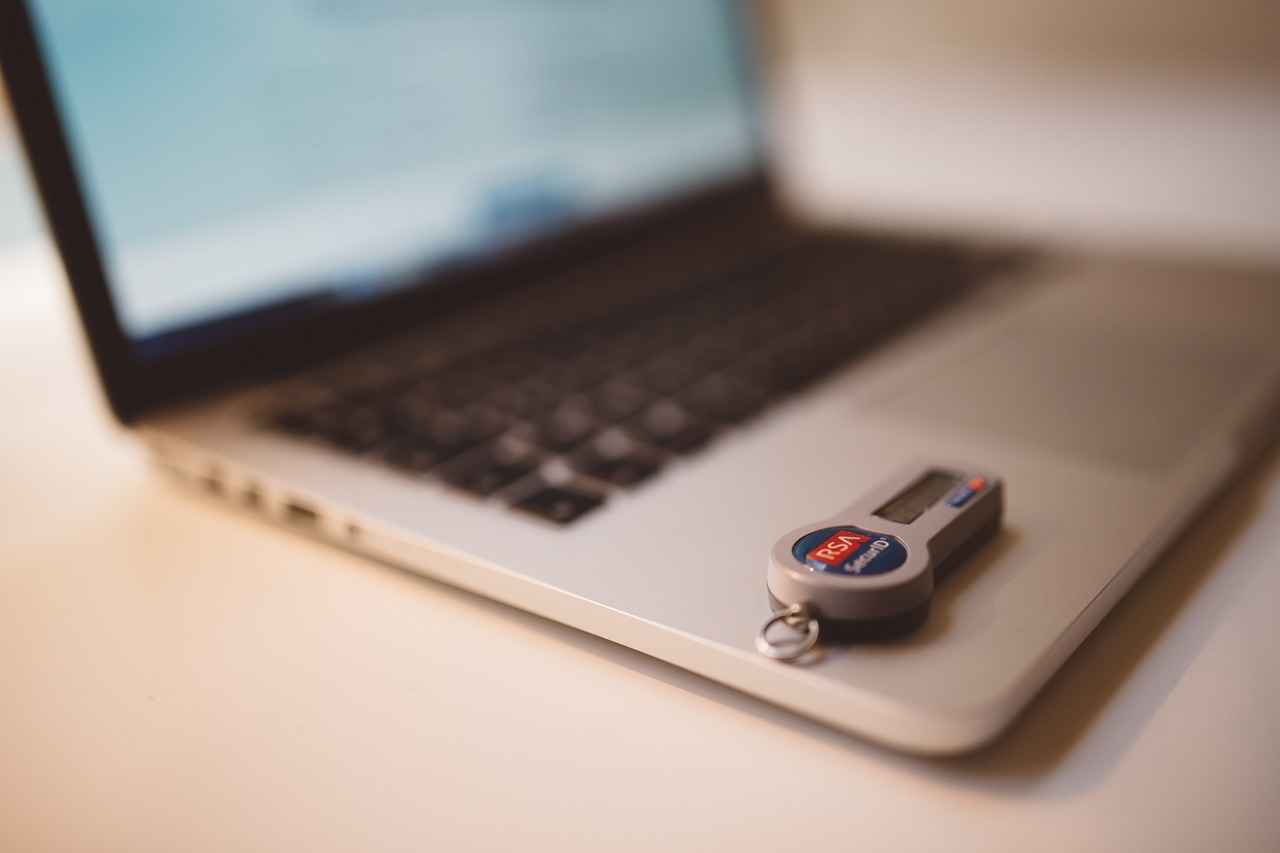
Responding to a Hacked Smartwatch
If you suspect that your smartwatch has been hacked, it is essential to act swiftly and decisively. Taking the right steps can help mitigate damage and regain control of your device. Below are key actions to consider:
- Disconnect from Networks: Immediately disconnect your smartwatch from all networks, including Wi-Fi and Bluetooth. This action can prevent further unauthorized access and protect your personal information from being compromised.
- Change Passwords: If your smartwatch is linked to other accounts, change the passwords for those accounts immediately. Use strong, unique passwords that combine letters, numbers, and symbols to enhance security.
- Check for Unrecognized Apps: Review the apps installed on your smartwatch. If you find any unfamiliar or unverified applications, remove them promptly. These could be potential sources of malware.
- Perform a Factory Reset: If you continue to experience issues, consider performing a factory reset on your smartwatch. This action removes all data and software, including any malicious programs. However, ensure you back up important information before proceeding, as this process will erase all personal data.
- Monitor for Unusual Activity: Keep an eye on your smartwatch and associated accounts for any unusual activity. This includes unrecognized notifications, unexpected changes, or unauthorized transactions.
- Contact Customer Support: If you suspect your device has been compromised, reach out to the manufacturer’s customer support for assistance. They may provide additional steps or software updates to enhance your device’s security.
- Educate Yourself on Security Practices: Familiarize yourself with best practices for smartwatch security. Understanding how to protect your device can prevent future hacking attempts.
By following these steps, you can effectively respond to a compromised smartwatch situation, helping to safeguard your personal information and regain control of your device.
Disconnecting from Networks
When it comes to maintaining the security of your smartwatch, disconnecting from all networks is a critical first step if you suspect any unauthorized access. This action can effectively halt any ongoing threats and protect your personal information from further exposure.
Smartwatches are increasingly integrated into our daily lives, collecting sensitive data such as health metrics, location, and communication logs. Unfortunately, this makes them attractive targets for cybercriminals. By immediately severing connections to Wi-Fi, Bluetooth, or cellular networks, you can minimize the risk of hackers continuing to exploit vulnerabilities in your device.
Here are some essential points to consider when disconnecting your smartwatch:
- Immediate Action: As soon as you notice suspicious behavior, such as unexpected notifications or rapid battery drainage, disconnect your smartwatch from networks. This quick response can prevent further access to your data.
- Access Control: Disconnecting helps regain control over your device. Without a network connection, malicious entities cannot send commands or extract information.
- Temporary Isolation: Treat this disconnection as a temporary measure. It allows you to assess the situation without the risk of ongoing interference.
After taking this precautionary step, consider performing a thorough investigation of your smartwatch’s settings and applications. Look for any unfamiliar apps or settings that may have been altered without your consent. If necessary, consult the user manual or manufacturer support for guidance on securing your device further.
Ultimately, being proactive about your smartwatch’s security is essential. Regularly disconnecting from networks when not in use and keeping your software up to date can significantly enhance your device’s resilience against hacking attempts.
Factory Resetting the Device
When it comes to securing your smartwatch, performing a factory reset is often a critical step, especially if you suspect that your device has been compromised. This process can effectively remove malicious software that may have infiltrated your system. However, it’s essential to approach this action with caution.
Before initiating a factory reset, you must understand that this action will erase all data stored on your device. This includes personal files, settings, and any applications you have installed. Therefore, it is crucial to back up any important information prior to proceeding. Here are some steps to consider:
- Backup Your Data: Use the manufacturer’s recommended methods to save your data. This may involve syncing with your smartphone or using cloud services.
- Document Settings: Take note of your preferences and settings so you can restore them after the reset.
- Unlink Accounts: Disconnect your smartwatch from any linked accounts to prevent issues during the reset process.
Once you have backed up your information, you can proceed with the factory reset. The steps to perform this action can vary based on the brand and model of your smartwatch, so refer to the user manual or the manufacturer’s website for specific instructions.
After the reset, your smartwatch will return to its original factory settings. This means you will need to set it up again as if it were new. Be sure to reinstall only trusted applications and be cautious about granting permissions to any new apps.
In summary, while a factory reset can be a powerful tool in combating malware, it is essential to prepare adequately to avoid losing valuable data. Always prioritize backing up your information before taking such actions.
Frequently Asked Questions
- Can my smartwatch really be hacked?
Yes, just like any connected device, smartwatches can be vulnerable to hacking. Hackers can exploit weaknesses in Bluetooth connectivity, malicious apps, and even the pairing process to gain unauthorized access to your device.
- What are the signs that my smartwatch may have been hacked?
Keep an eye out for unusual battery drain, unexpected notifications, or strange behavior from your smartwatch. If something feels off, it’s worth investigating further to ensure your device is secure.
- How can I protect my smartwatch from being hacked?
To enhance your smartwatch’s security, regularly update its software, use strong passwords, and enable two-factor authentication. These measures can significantly reduce the risk of unauthorized access.
- What should I do if I suspect my smartwatch has been hacked?
If you think your smartwatch has been compromised, disconnect it from all networks immediately. Following that, consider performing a factory reset to remove any malicious software, but remember to back up your important data first!
- Are some smartwatches more secure than others?
Absolutely! When choosing a smartwatch, look for models with robust security features like encryption and regular updates. Researching the brand’s reputation for addressing security issues can also help you make a safer choice.

